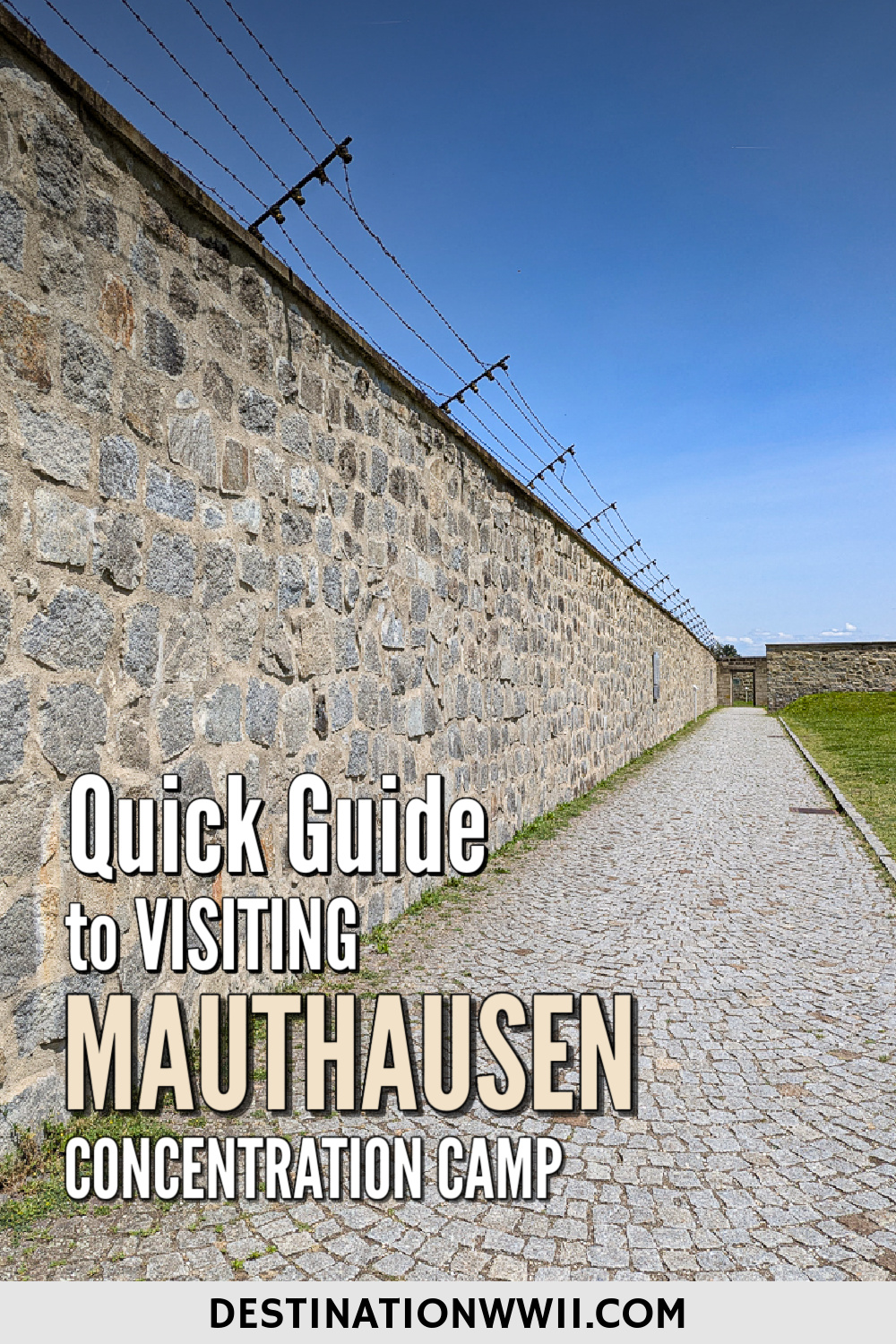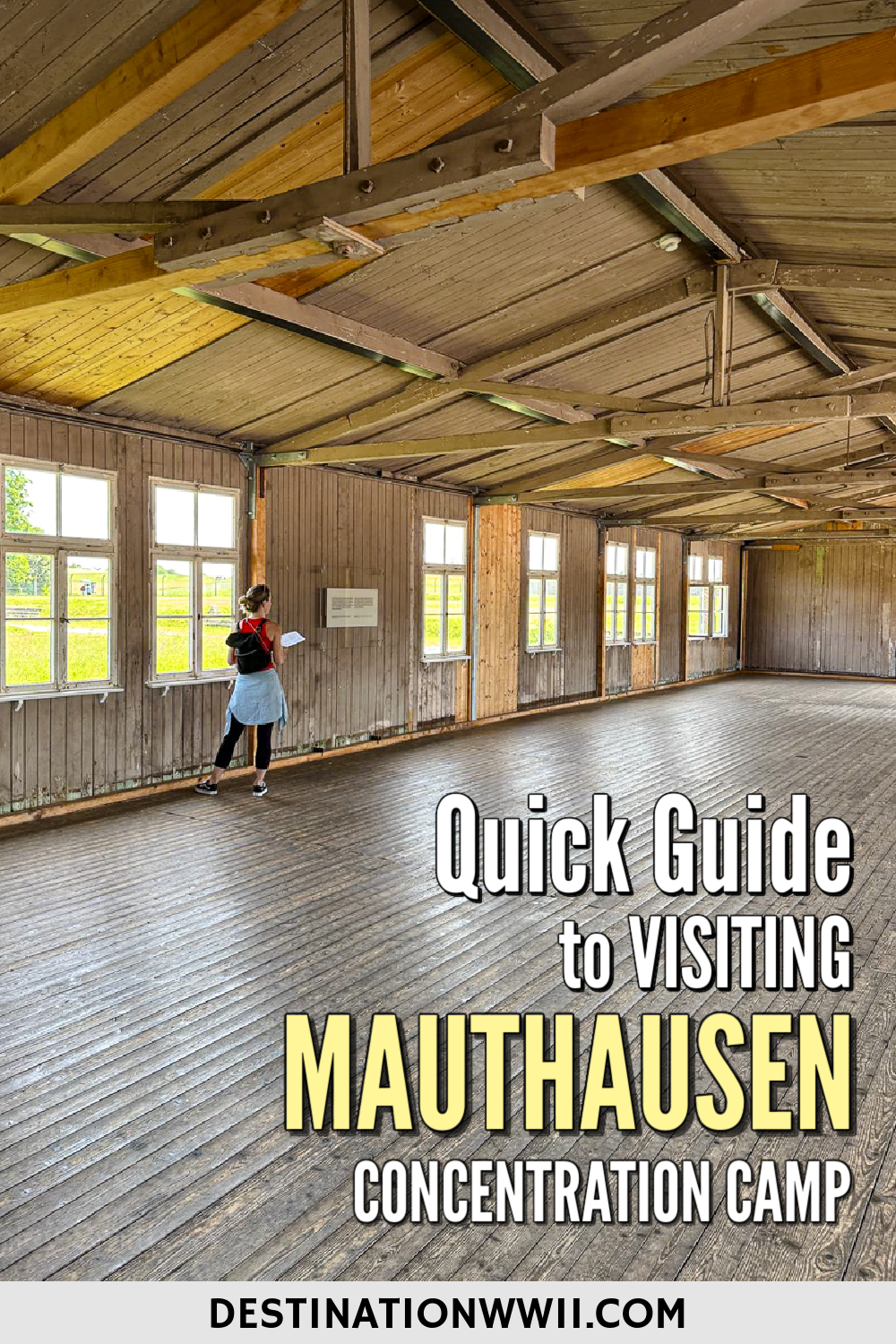Visiting Mauthausen was an unforgettable experience for me as I’m sure it’ll be for you too. This is one such site where you can really get a sense of the torment and torture the Nazis forced its prisoners to endure.
This guide will tell you everything you need to know in order to plan your own visit to Mauthausen Concentration Camp and Memorial Site outside Linz, Austria.
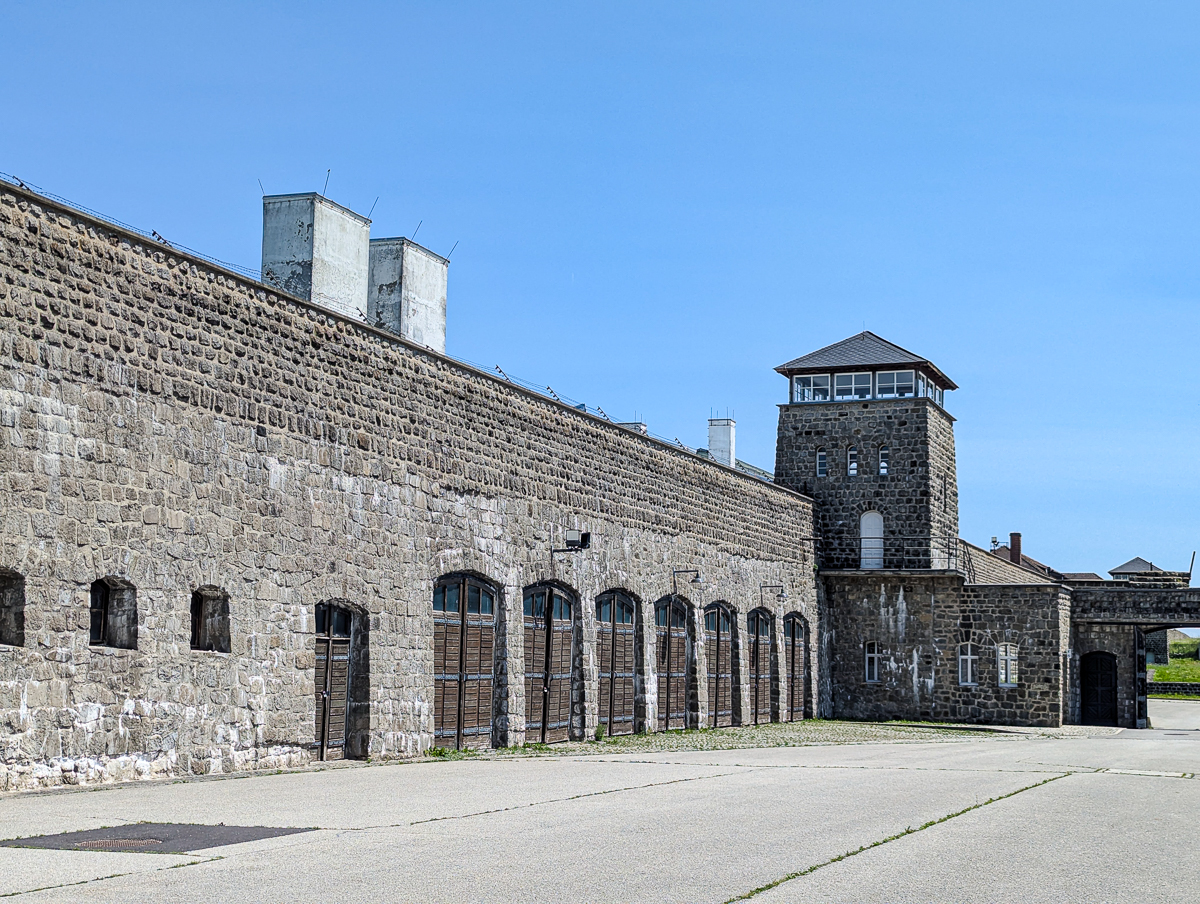
What is Mauthausen?
Mauthausen was a Nazi concentration camp established shortly after the Anschluss between Austria and Nazi Germany (March 1938). In August of that year, the SS transferred prisoners from Dachau concentration camp to this newly-chosen site to build their own slave labor camp.
Even though concentration camps had originally been built for the purpose of imprisoning political opponents, by 1938 they had taken on a new aim–to exploit prison labor for profit. Like Flossenbürg concentration camp in Germany, Mauthausen was a prime example of that.
During the seven years of Mauthausen’s existence (1938-1945), around 190,000 people had been imprisoned here. Of them, at least 90,000 died here.
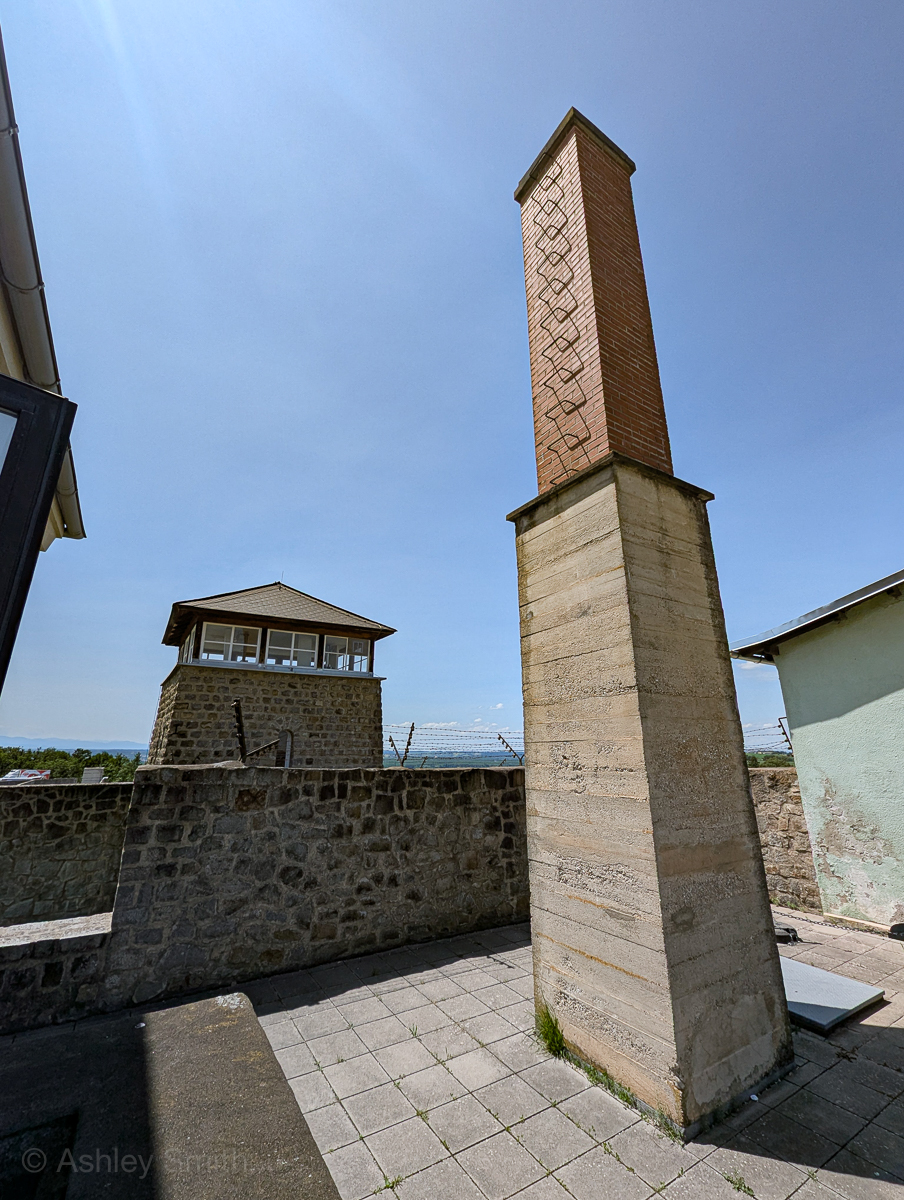
Mauthausen as a slave labor camp
The Nazi regime chose Mauthausen’s location because of its proximity to both a nearby granite quarry and the major city of Linz. By this time, the Nazis had progressed towards using camp prisoners as slave labor for their privately-owned exploits into the construction industry. Literally, Mauthausen and other camps like Gusen and Flossenbürg were entirely established as for-profit economic enterprises. (This is not unlike the privately-owned for-profit prisons that house prisoners in the US.)
As part of the German Earth and Stone Works Company, prisoners here would work tirelessly to produce granite blocks for Hitler’s insane construction projects. Prisoners worked 11-hour shifts in the summer sun and winter cold, in all weather, until they physically couldn’t anymore. They’d spend their days breaking rocks by hand then hauling these 100 lb. blocks (on their backs) up a steep staircase (called the “Stairs of Death”), all while the guards beat them mercilessly.
Over time, Mauthausen became a major hub for slave labor. Production companies all over the Reich began to use slave labor from Mauthausen including Germany’s tank, airplane, arms, and rocket manufacturers. The SS also used slave labor from Mauthausen to build the Loibl Tunnel between Austria and Slovenia (part of the Ljubelj Concentration Camp).
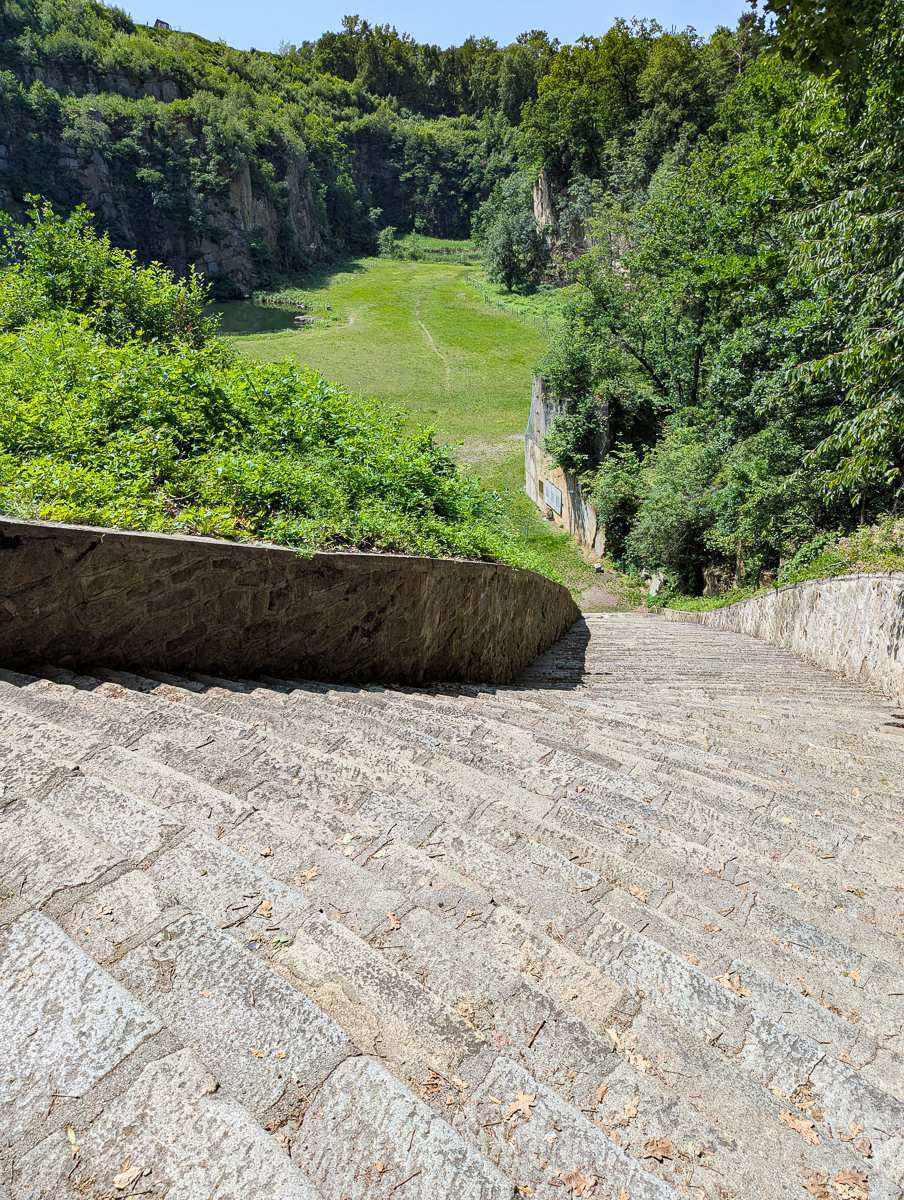
Mauthausen as a death camp
Torture, death, and execution were constants here at Mauthausen. Besides the back-breaking physical labor, there were also the severe threats of malnutrition, exhaustion, starvation, and disease (worsened by a lack of medical treatment). Additionally, as soon as a prisoner lacked the ability to labor on, they were either left to die or straight up executed.
By 1941, the Nazi regime established a more organized killing operation called “Aktion 14f13.” Instead of letting them die in the camp, the camp’s doctors would instead send the weak and/or sick prisoners off to the gas chambers in the Hartheim killing facility. They killed around 5,000 prisoners from Mauthausen this way.
Between the years of 1940-1942, Mauthausen and its partner camp Gusen were considered the deadliest camps in the entire concentration camp network. Between these years alone, over 24,000 people died here.
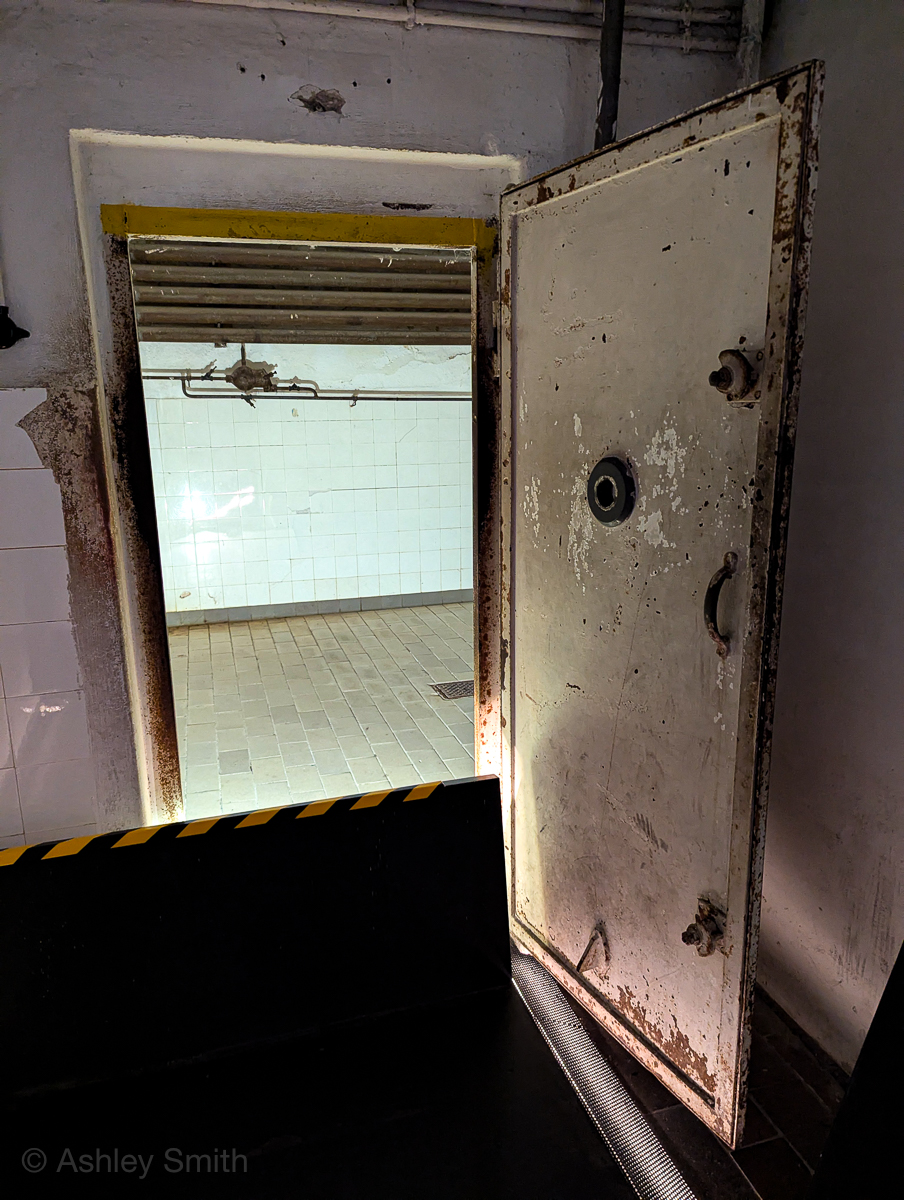
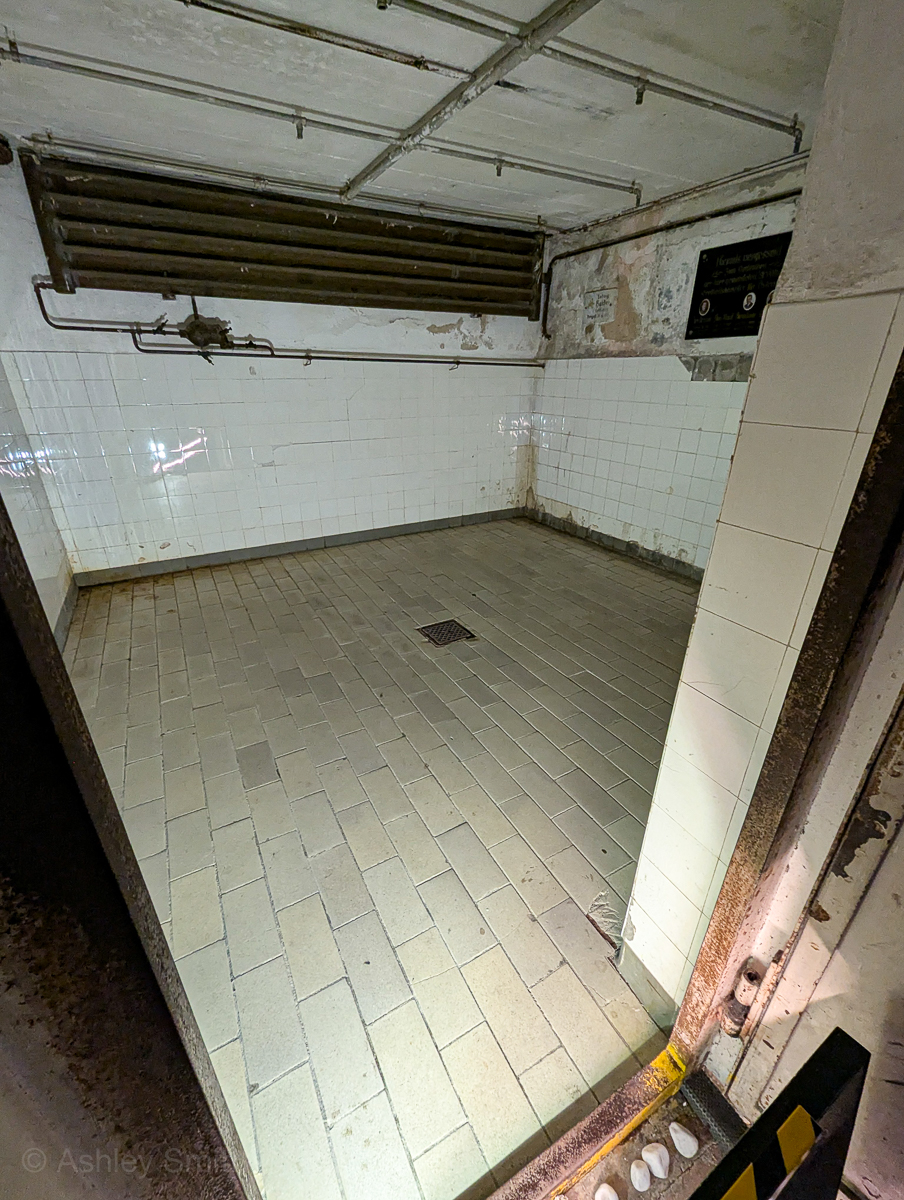
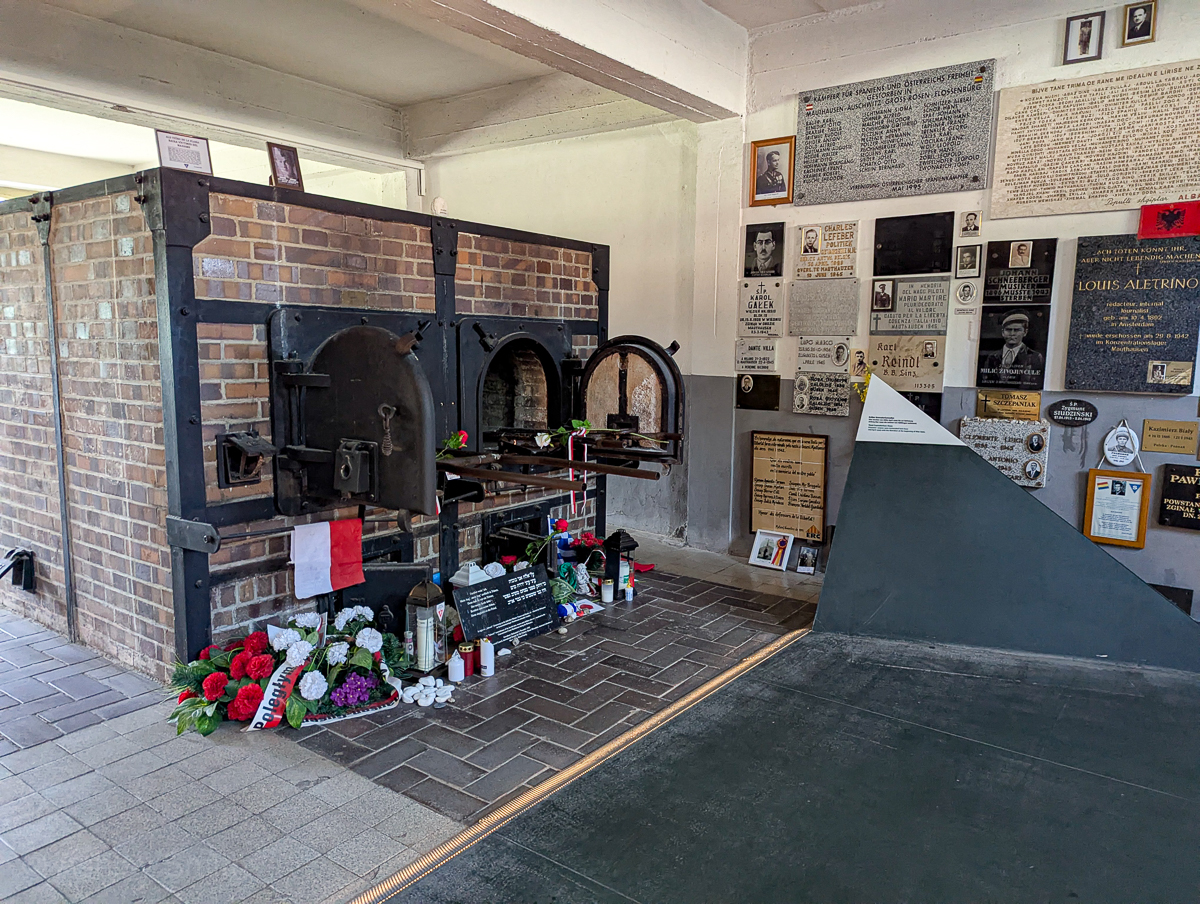
Mauthausen’s liberation
Like most other Nazi concentration camps, as the Allied troops advanced towards Mauthausen, the SS began trying to destroy all evidence of its crimes and the camp’s operations. This included dismantling the killing centers, burning documents, and executing prisoners who had seen too much.
The last SS guards left Mauthausen on May 3, 1945. Two days later, the US Third Army arrived. The next day, they liberated around 40,000 prisoners, most of whom were barely alive (and many of whom died shortly after liberation). But being located within the Soviet occupation zone, the camp soon fell under the purview of the Soviet Union.
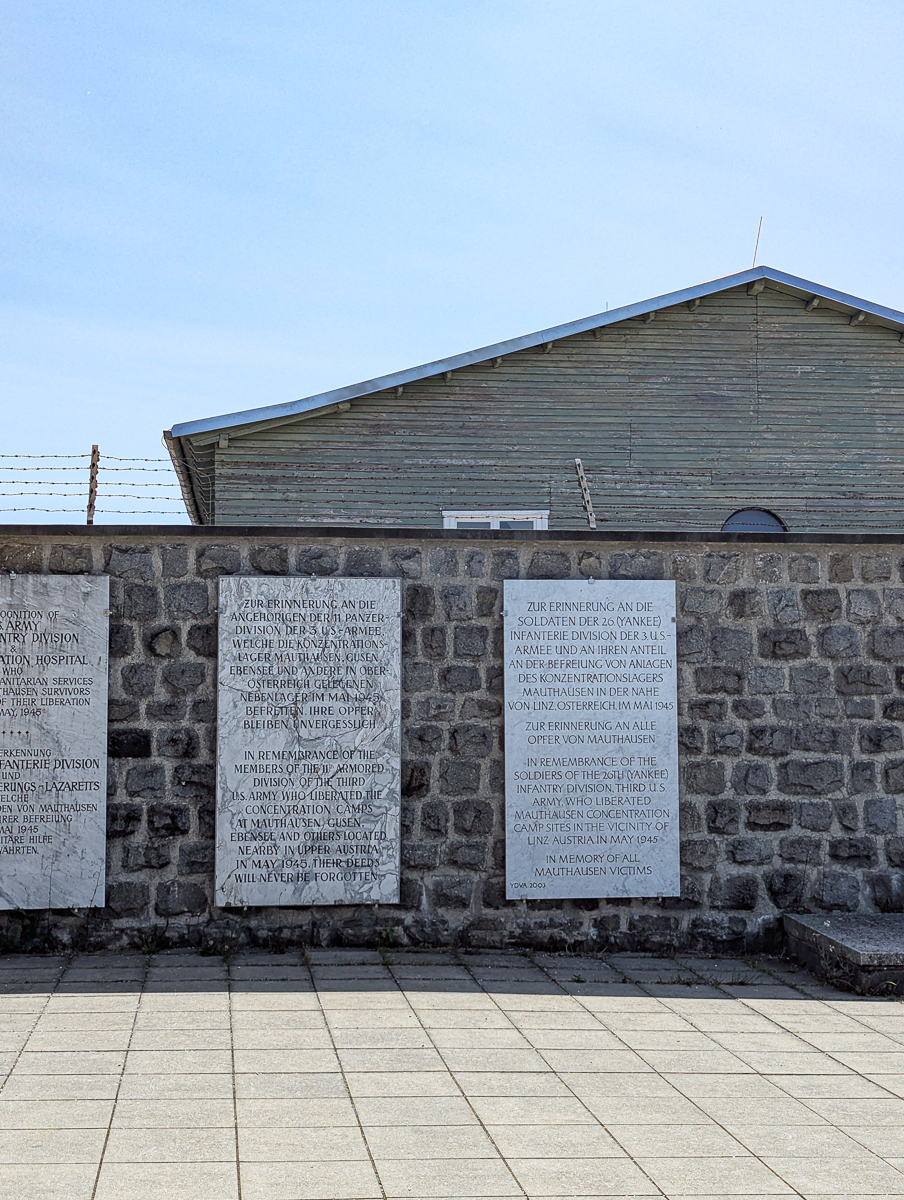
Mauthausen after liberation
At much risk to their own lives, camp prisoners manage to safeguard as much as they could from destruction. It was only a few years after the war that the camp was transformed into a memorial site, having been handed over to Austria from its Soviet occupiers.
In order to thwart the spread of disease, the US Army burned down several barracks and original buildings. And, as it goes, other parts of the camp were stripped for parts after the war. Regardless, you’ll find that a large number of original structures still remain. The camp’s dead were exhumed from their mass graves and interred in proper cemeteries here.
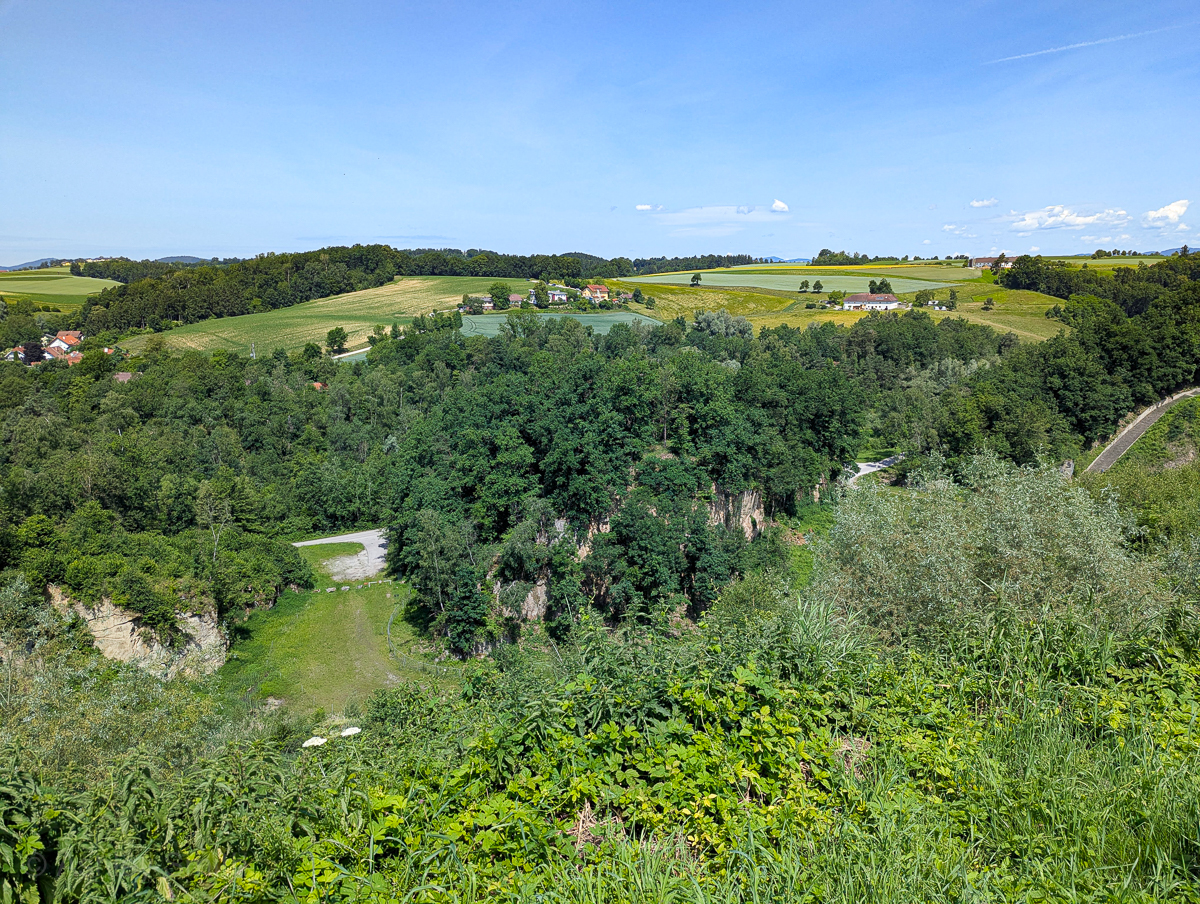
Where is Mauthausen Concentration Camp?
The Mauthausen Concentration Camp and Memorial is located in Mauthausen, Austria, just a short drive from the city of Linz, which isn’t too far from neither the German nor the Czech border.
How to get to Mauthausen
Mauthausen is somewhat centrally located close to several major cities. As such, the easiest way to get here is by car. When I visited Mauthausen in June 2025, I drove from Linz where I was already staying. (Rent a car here if you still need to.)
GPS address: Erinnerungsstraße 1, Mauthausen, Austria
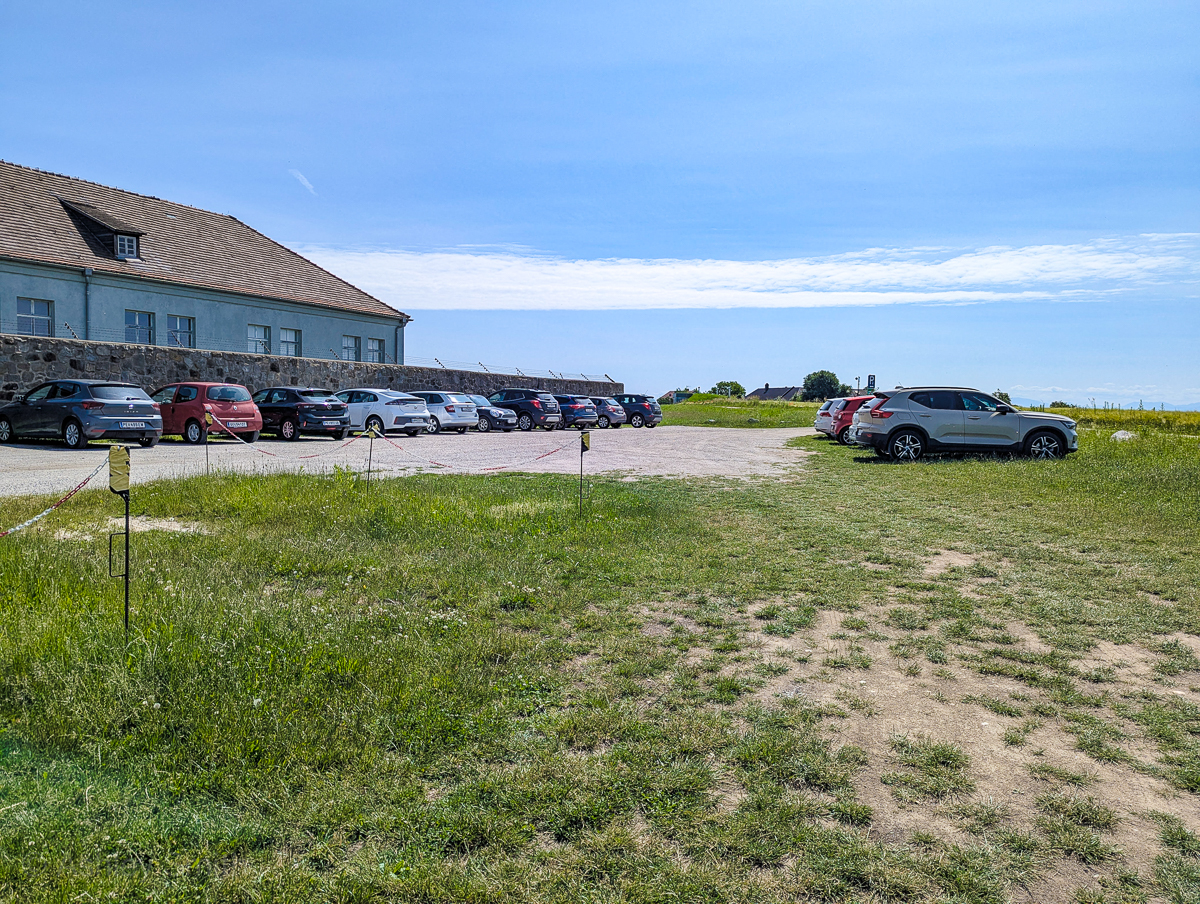
Where to park at Mauthausen
Once here, there’s plenty of free parking outside the memorial site. Just follow the road to the camp and you’ll dead-end in the parking area.
Getting to Mauthausen by public transportation
If you don’t have your own rental car, you can still get here by train + bus. From wherever you start, take the train to Railway Station Mauthausen. From here, you have two options:
- Take bus line 360 or 361 to either the Mauthausen Linzerstraße/Hauptschule bus stop, or the Mauthausen Abzw. Wienergraben stop. Both stops require an uphill walk of about 1.5 kilometers.
- Walk the 4km from the train station to the former camp site along the prisoners’ route (map here). This is similar to the Path of Remembrance on the way to Dachau.
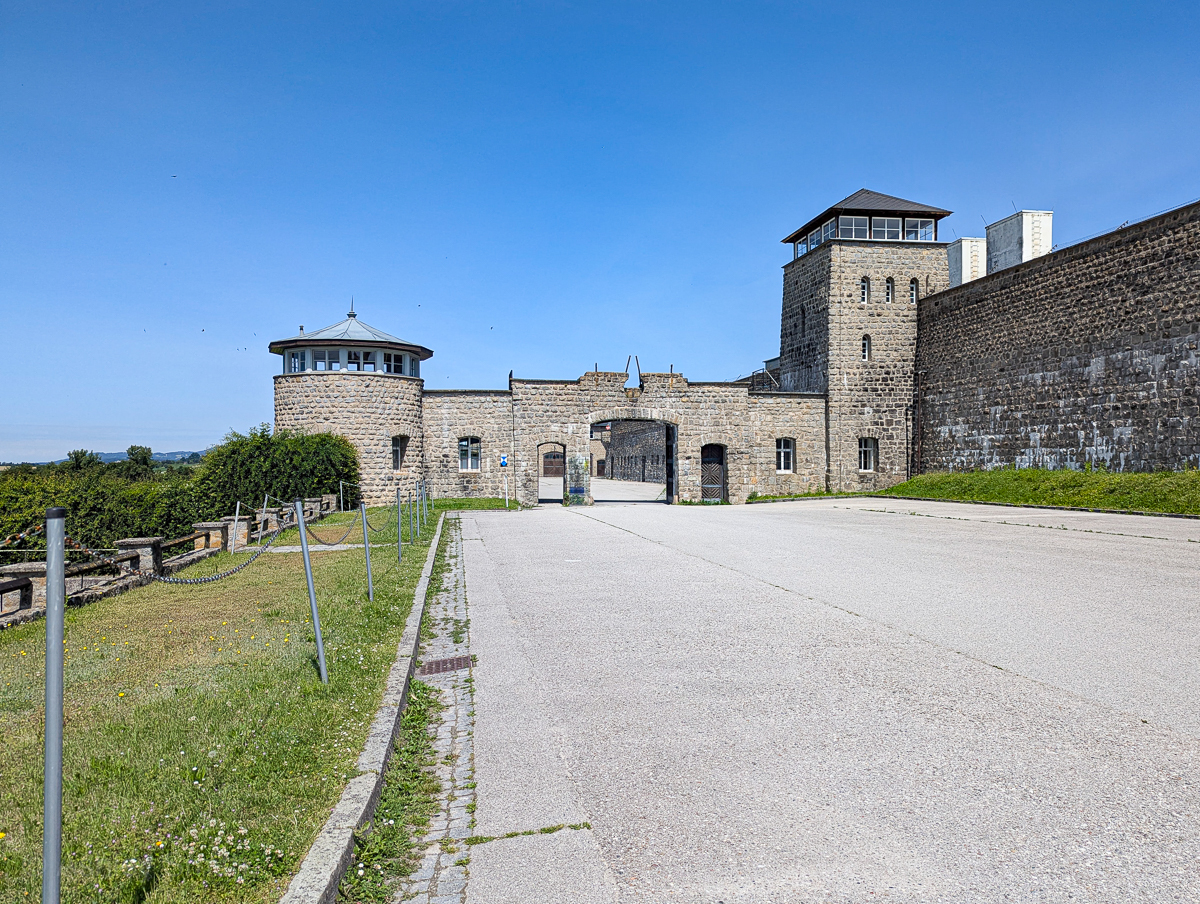
Tours to Mauthausen
Because Mauthausen is such a major historical site and located near major cities, you also have the option of visiting on an organized tour. Here are a few of the most popular options:
See all Mauthausen tour options here on Viator and Get Your Guide. They also have private tours available from Czech cities.
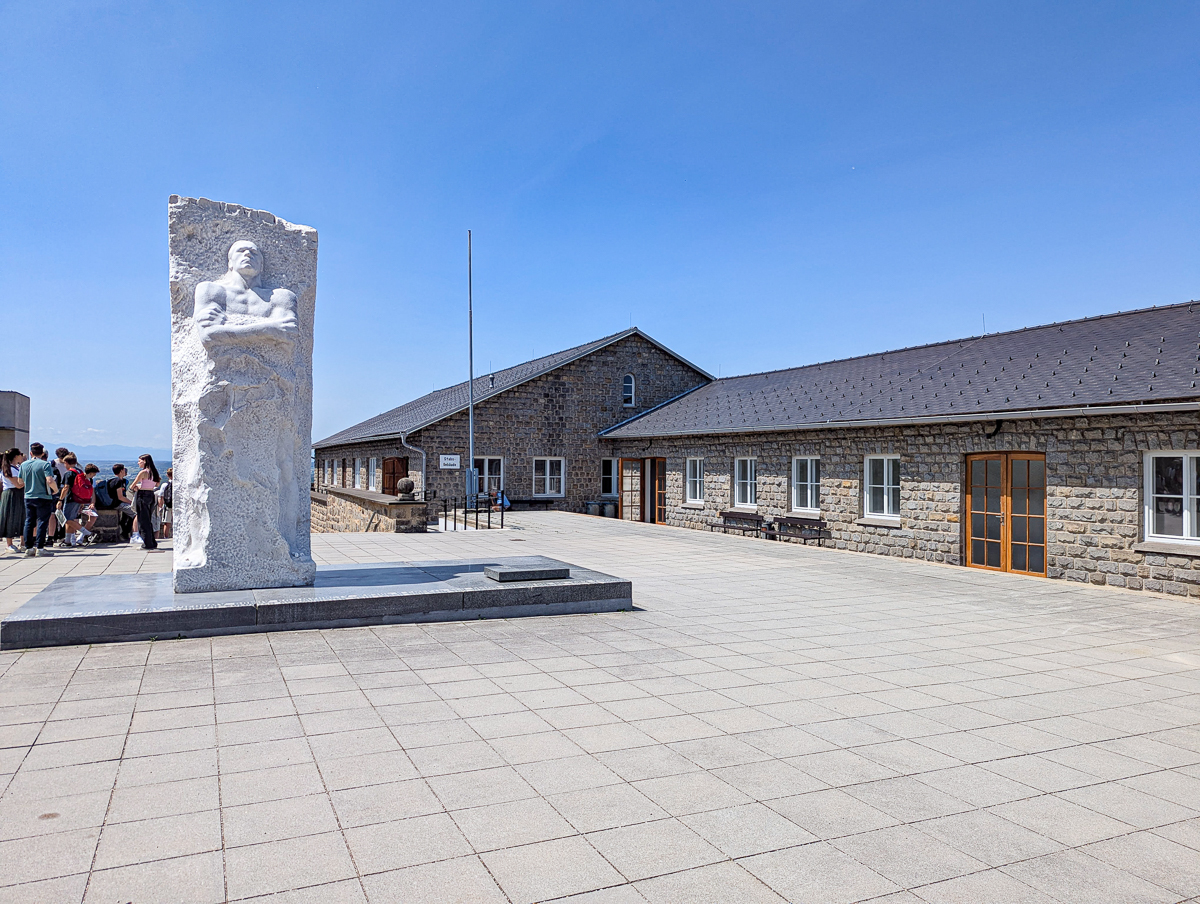
What to see at Mauthausen Concentration Camp
Though much of the camp’s original structures were either dismantled or destroyed towards the end of the war, you can still explore a great deal here. You’ll find original camp buildings, fantastic museum exhibits, tons of memorials, burial grounds, a visitor center with a small restaurant/café, and more.
Mauthausen museum
Located in the former camp infirmary is the Mauthausen museum and two permanent exhibitions. You’ll find several exhibits spread through the building’s many rooms. These include tons of information on the camp’s history and the daily life (and death) of its prisoners with archival photographs and lots of original artifacts.
The exhibit on the lower floor–“The Crime Scenes of Mauthausen”–focuses on the camp’s history of deliberate mass murder. This is also where you’ll find the crematorium, gas chamber, and other execution sites.
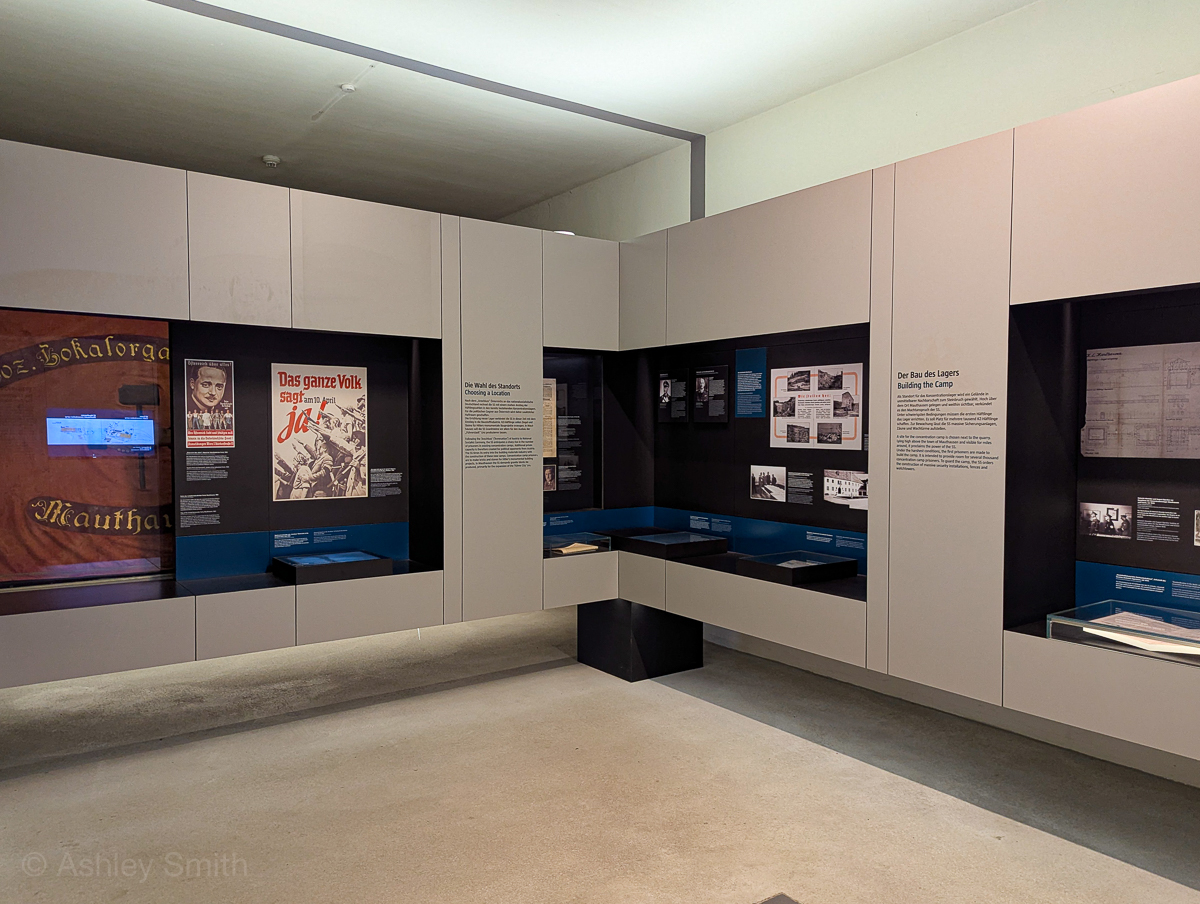
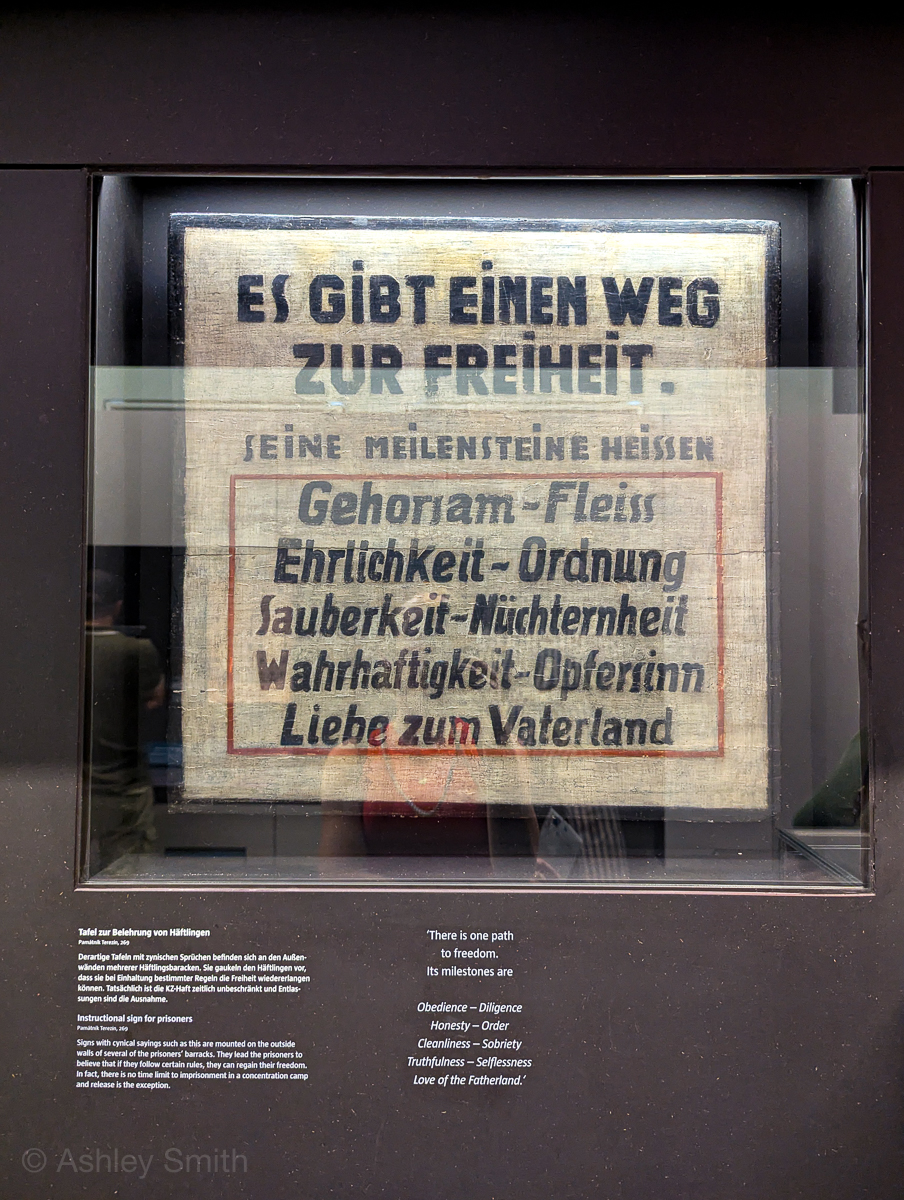
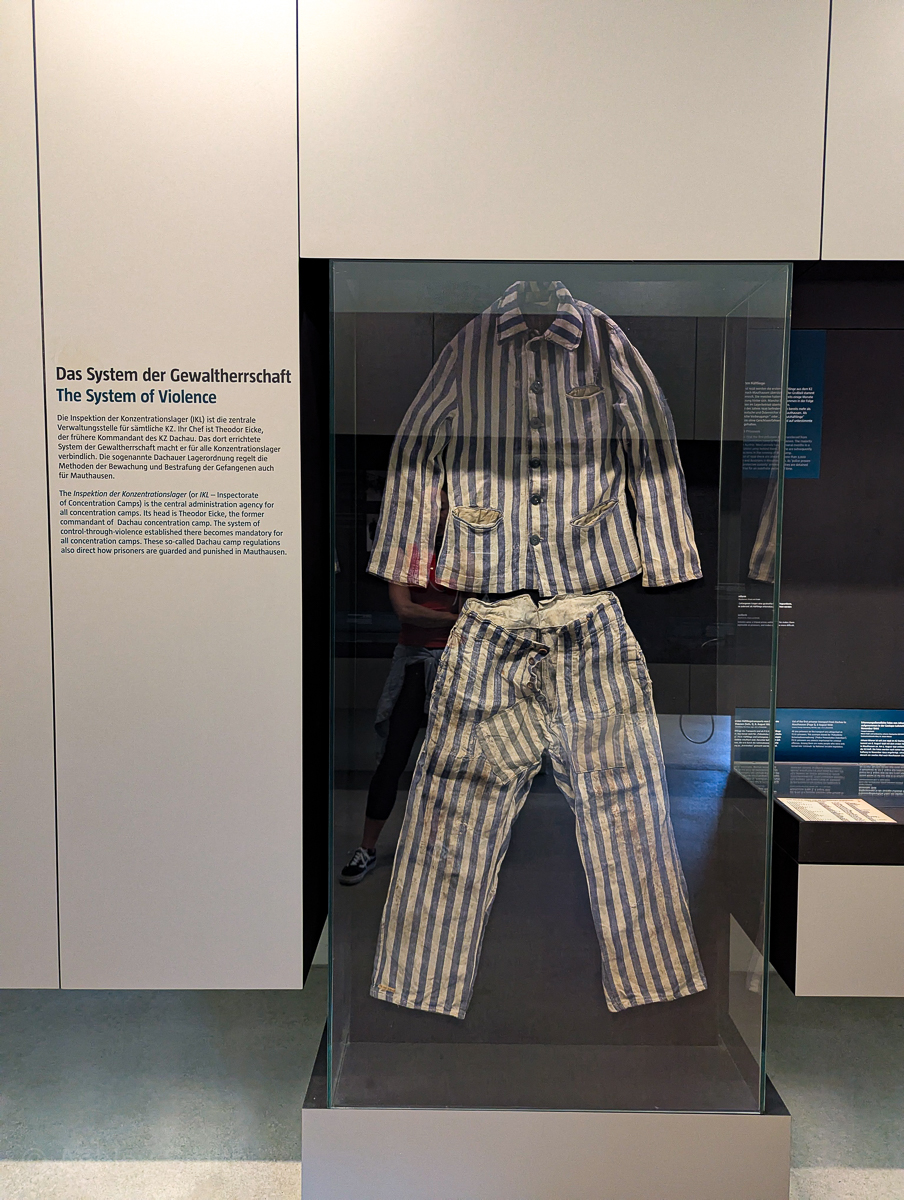
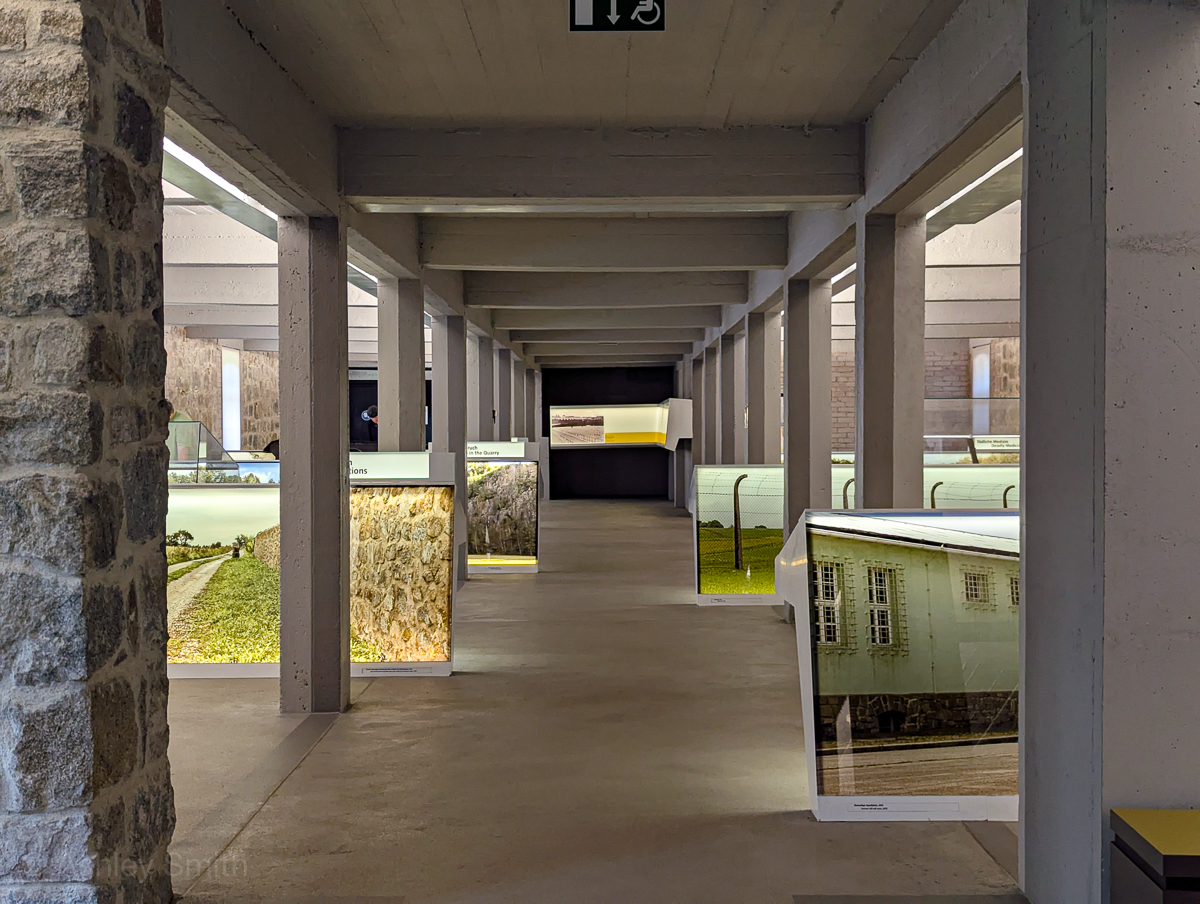
Original camp structures
You’ll also be able to explore several of the camp’s original structures. You can go inside buildings like SS and prisoner barracks, the camp brothel, canteen, administrative offices, washrooms, the camp entrance gate, execution rooms, and crematoria.
You’ll be able to walk down the “Stairs of Death” into the former granite quarry (and I encourage you to do so if you’re able to). No doubt you’ll be shocked at the idea of having to carry 100 lb. blocks back up those steps. (Especially if you visit in the sweltering summer heat like I did.)
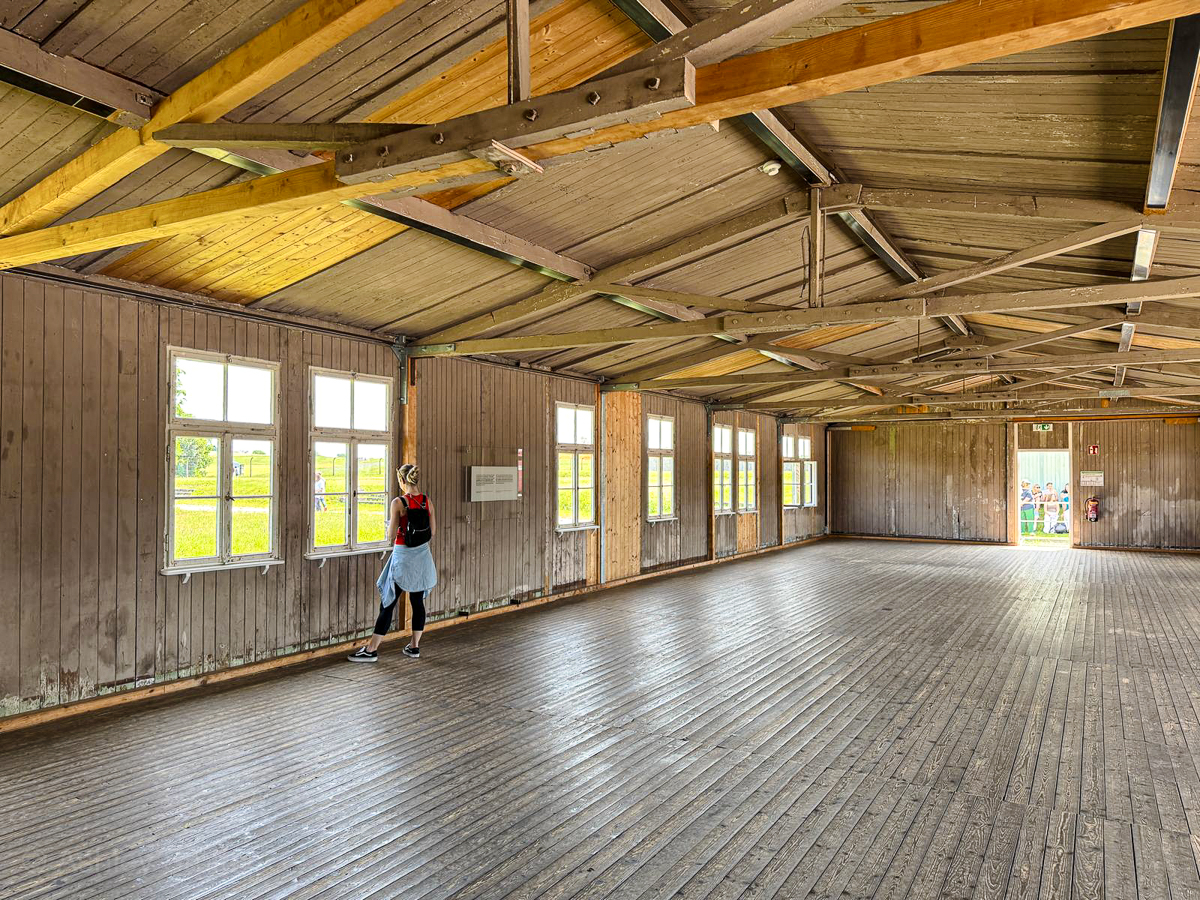
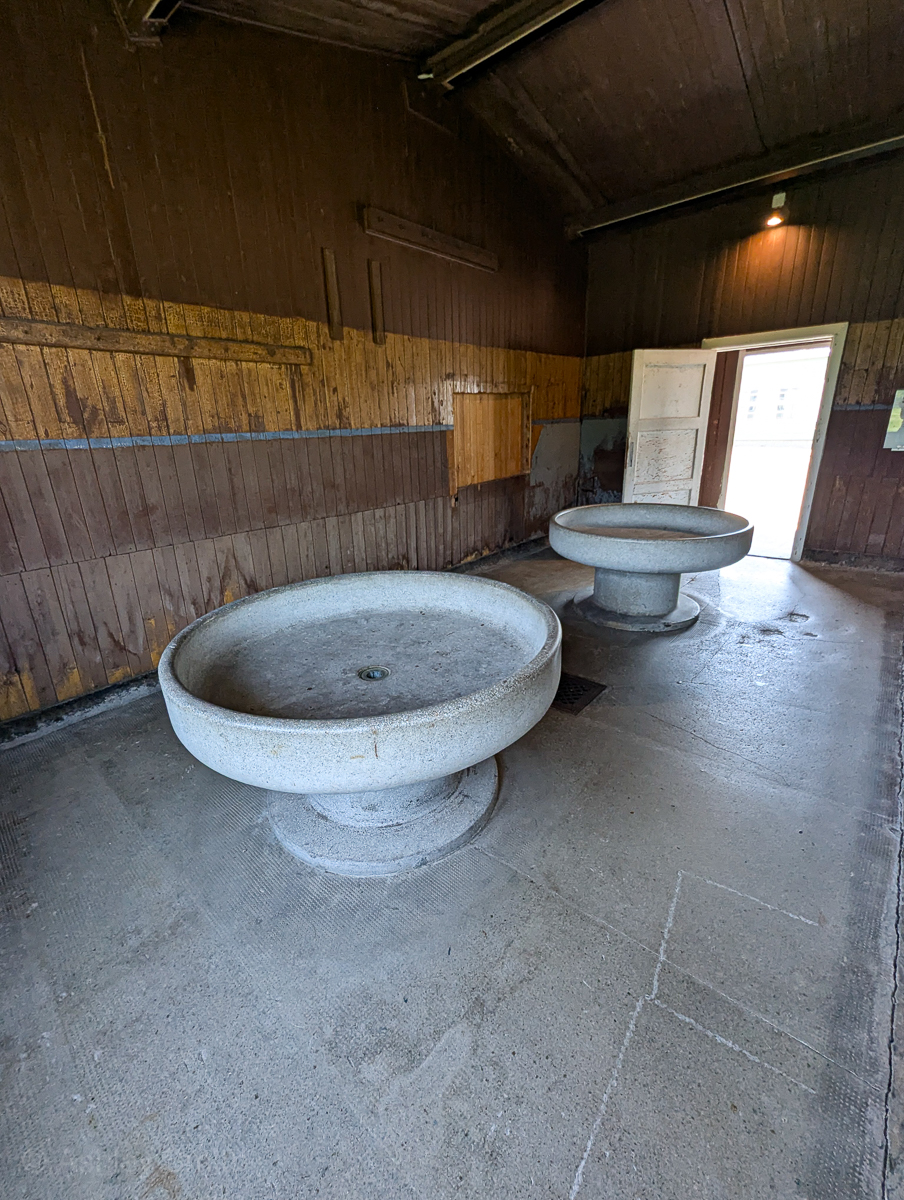
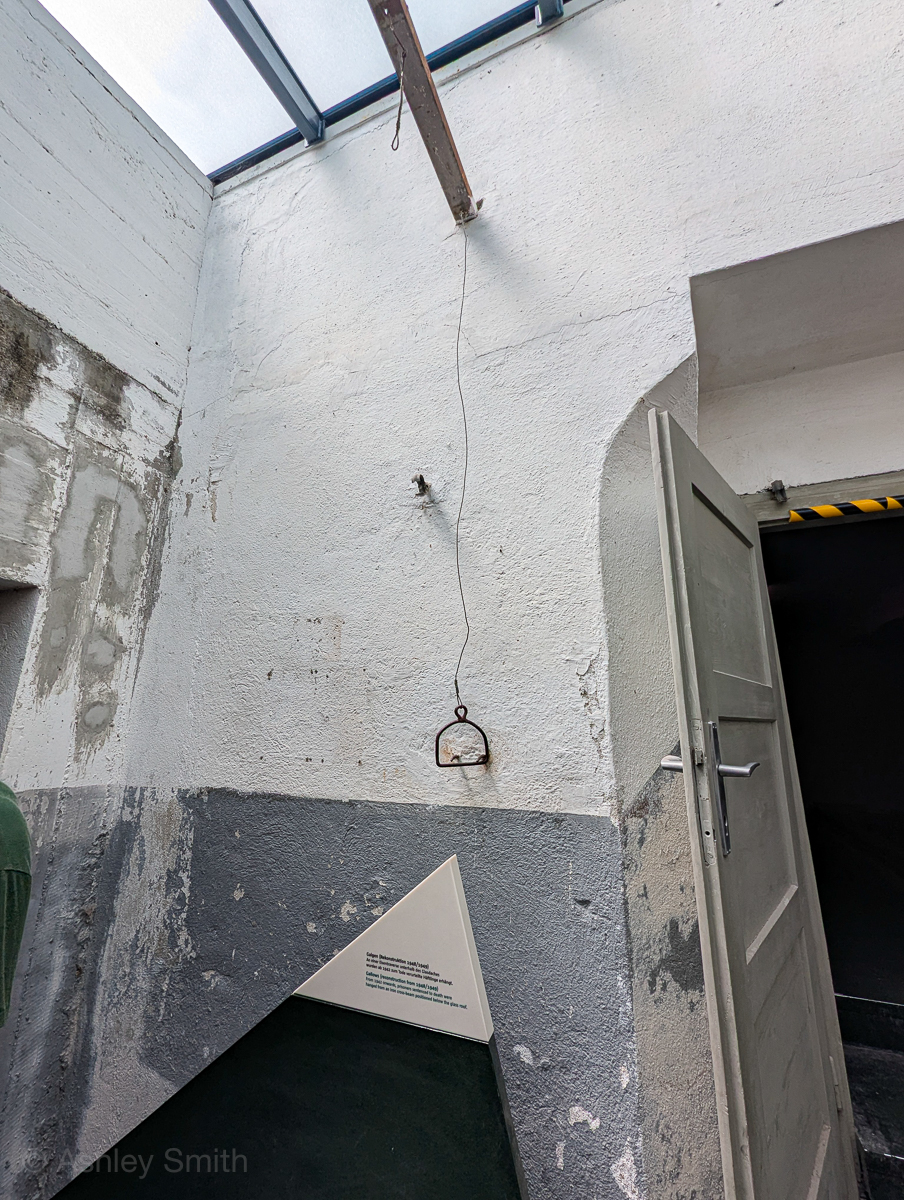
Mauthausen memorials
Scattered throughout the large camp are several memorials dedicated to different groups of prisoners, including Polish, Bulgarian, Albanian, French, Luxembourgish, Soviet (POWs), Italian, Belgian, Yugoslavian, Greek, and Czechoslovakian prisoners. You’ll also find:
- The Netherlands Memorial (also called the Dutch Memorial)
- The Jewish Memorial
- Memorial for Roma & Sinti
- The Children’s Memorial
- The “Room of Names” which you can find inside the museum building
- There’s also a memorial here dedicated to the hundreds of people killed here as part of the Operation Anthropoid retributions in Prague.
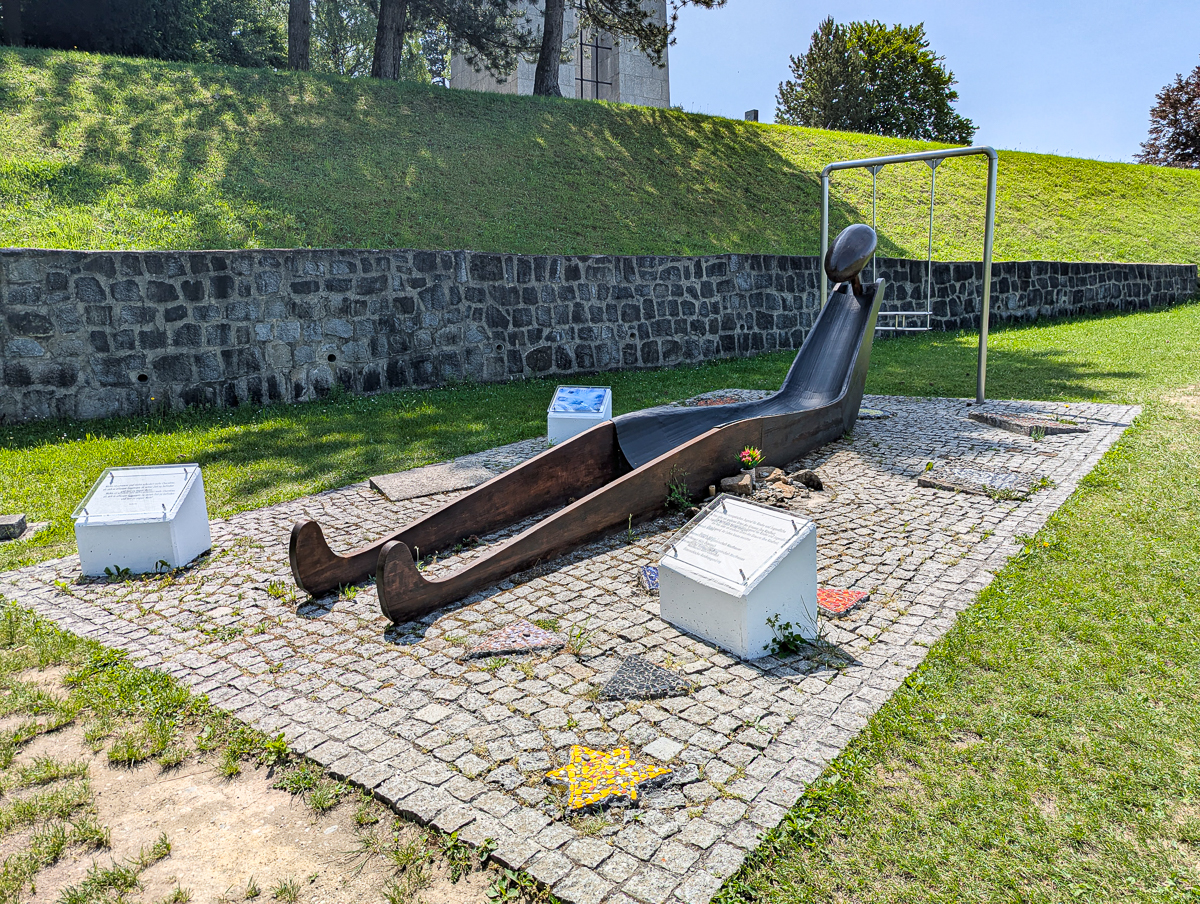
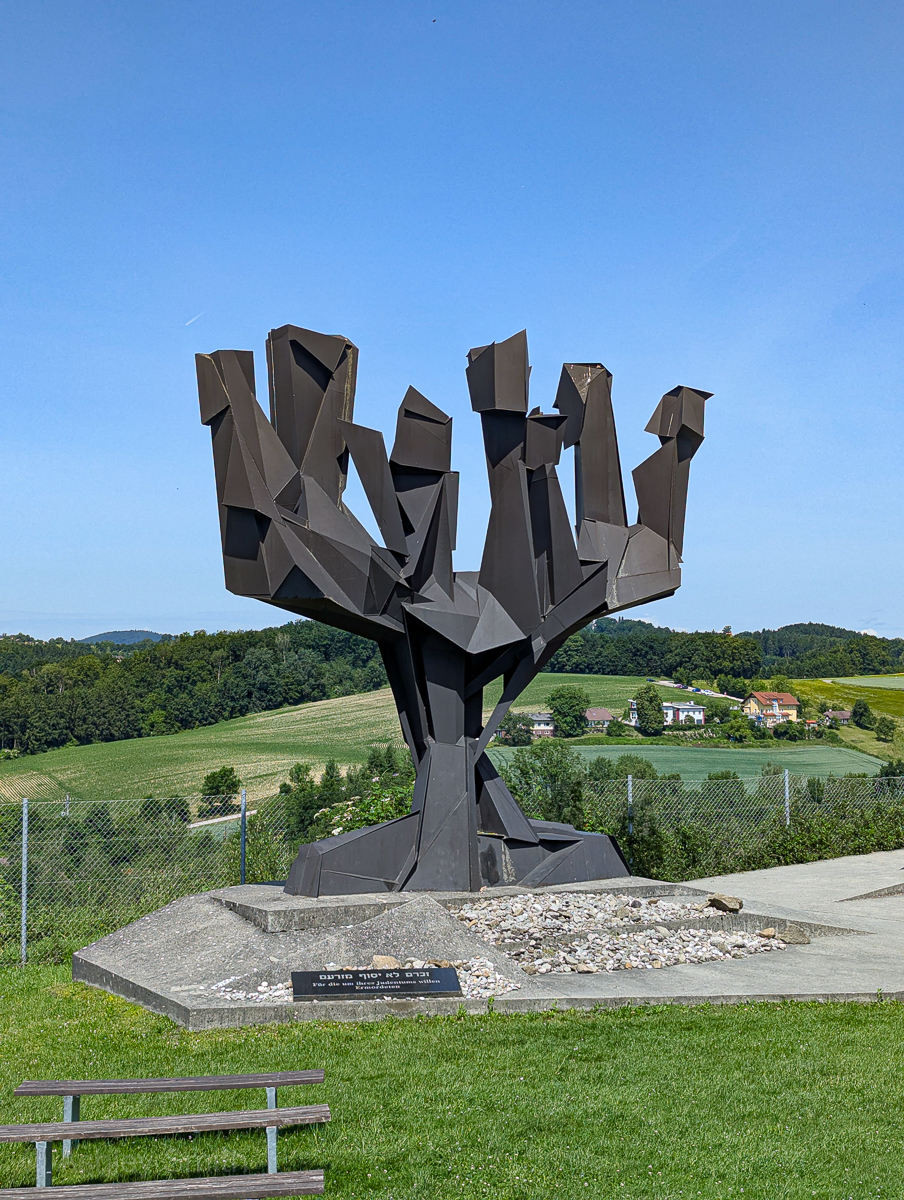
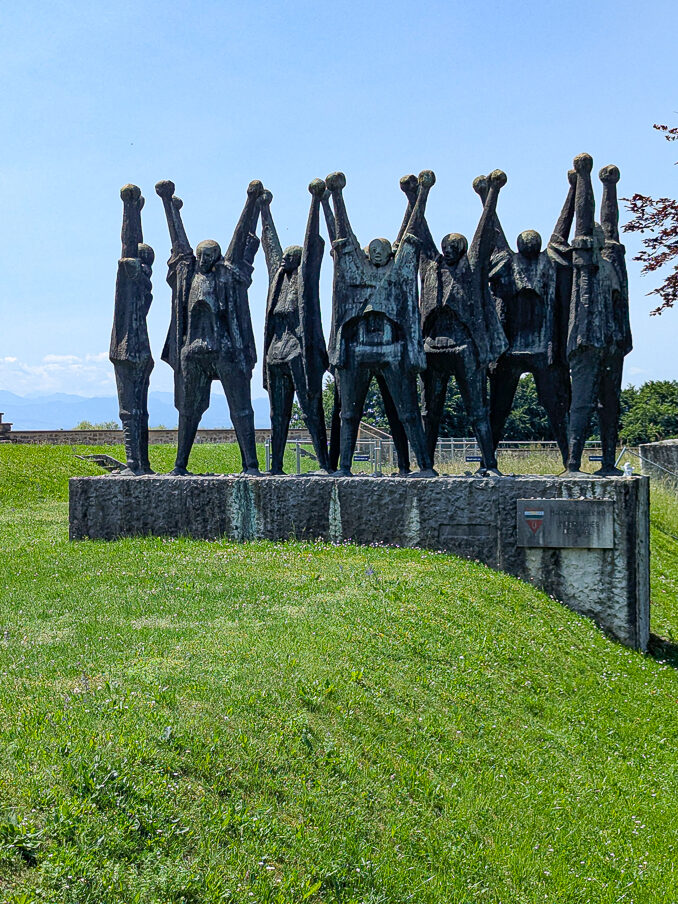
Visitor Center
Stop into the Mauthausen visitor center when you first arrive. You can pick up a map here as well as download the helpful virtual guide. (This is the only place on site with reliable Wi-Fi.) This building also has restrooms, places to sit, meeting rooms, a bookshop, and a small restaurant/café.
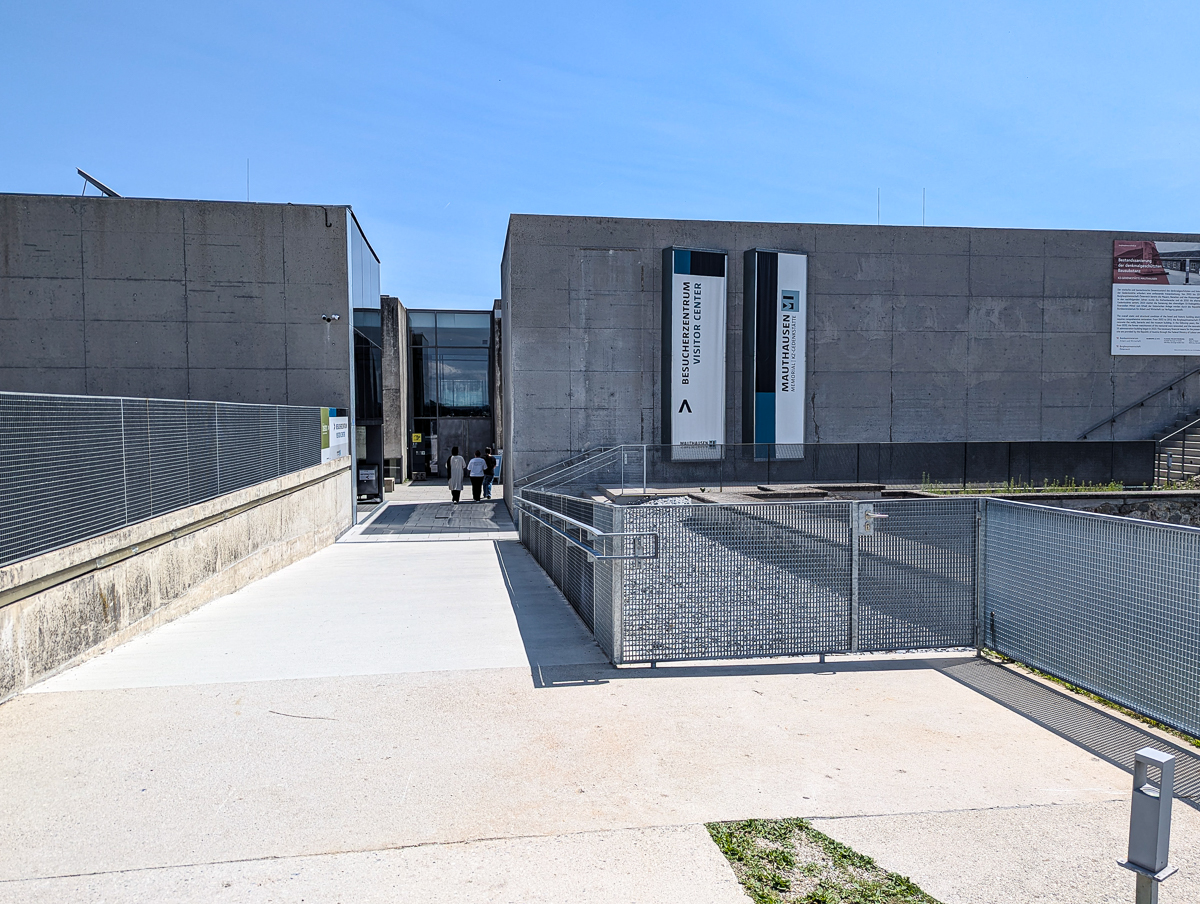
Visiting Mauthausen: What to expect
After parking at Mauthausen (or otherwise arriving at the entrance), the path will guide you first towards the Visitor Center. Pick up a map of the site, download the virtual guide, and head out into the memorial site.
The map and the virtual guide will lead you around the former camp site using numbered signs along the way. However, you’re also free to roam about as you please if you’d rather do that; the virtual guide/route are only suggestions.
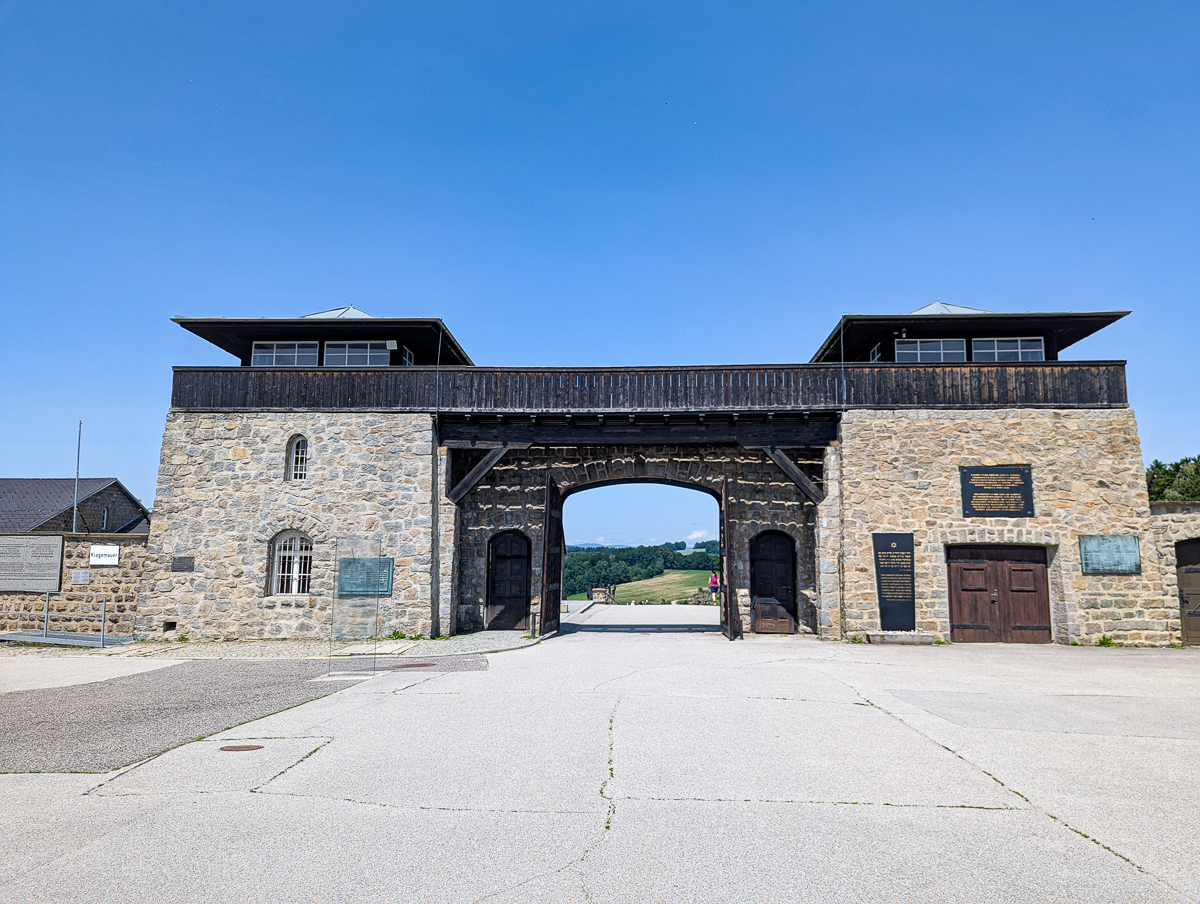
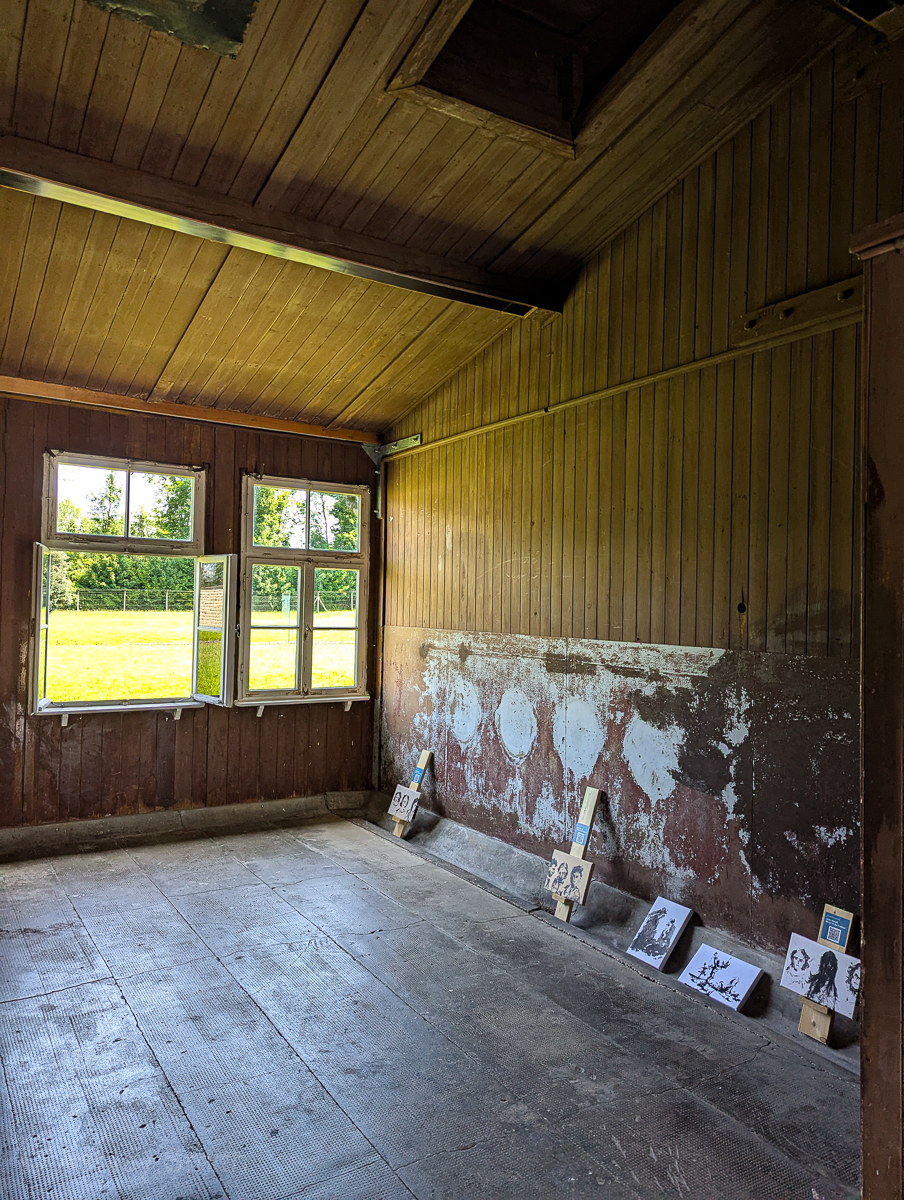
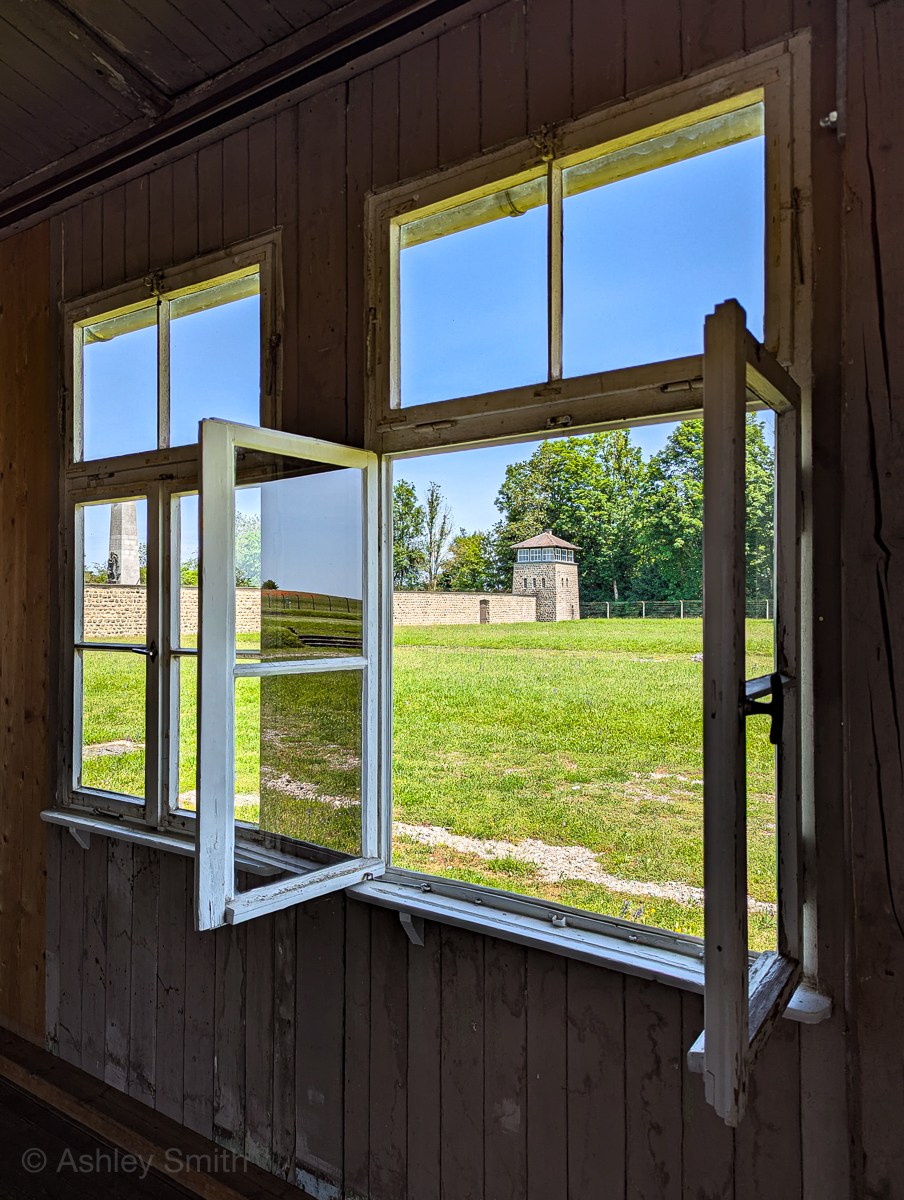
If you follow this suggested route, you’ll exit the Visitor Center then head past some of the original sites to the memorial park, then down into the quarry via the “Stairs of Death,” back up through the camp gate, and then explore the many barracks and other buildings before ending your visit at the museum. If you’d prefer to explore the museum before you explore the site, you’re welcome to do that too.
Visit the first floor of the museum (ground floor), then head down into the basement for the exhibit on “Crime Scenes,” and this will eventually lead you through the execution rooms, gas chamber, and crematoria before exiting the building.
For a complete visit of all the sites here, expect to spend around 2.5 to 3 hours.
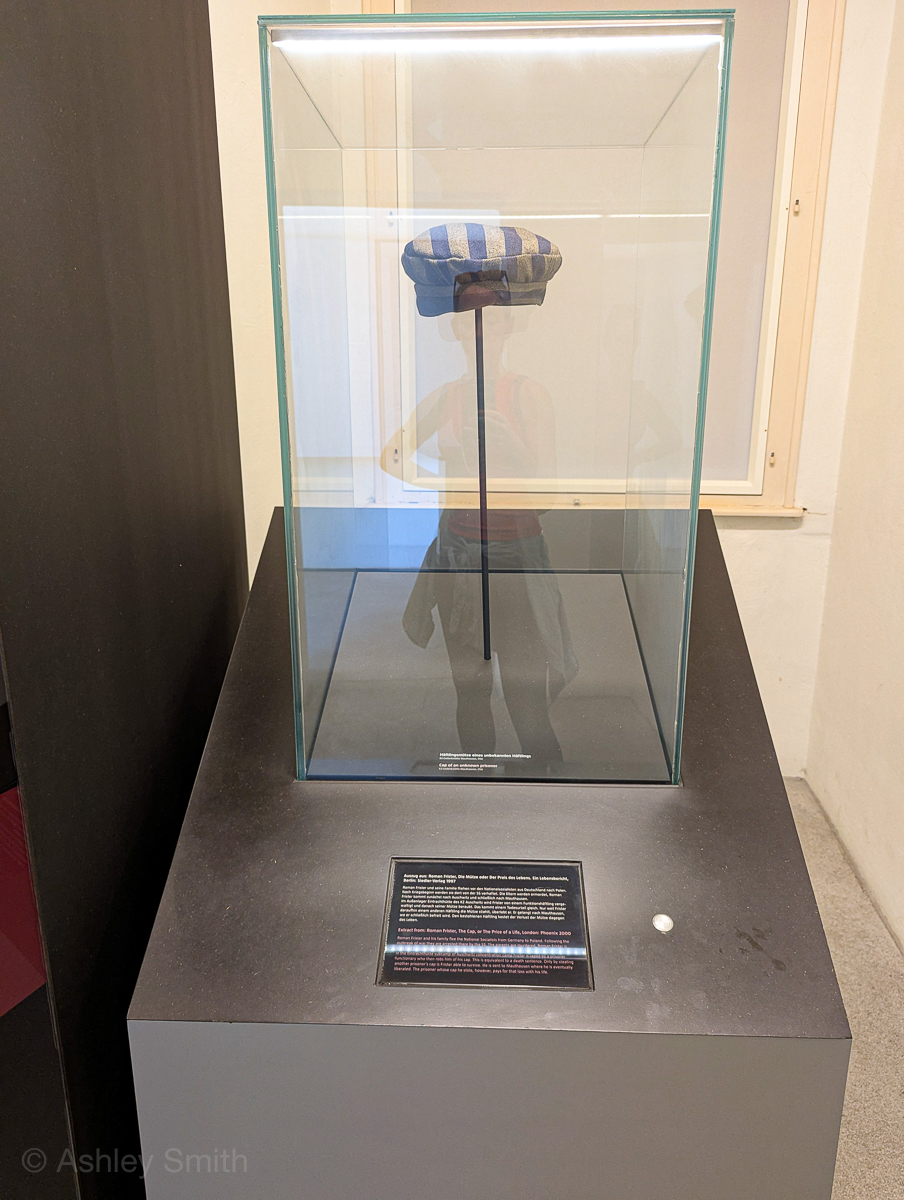
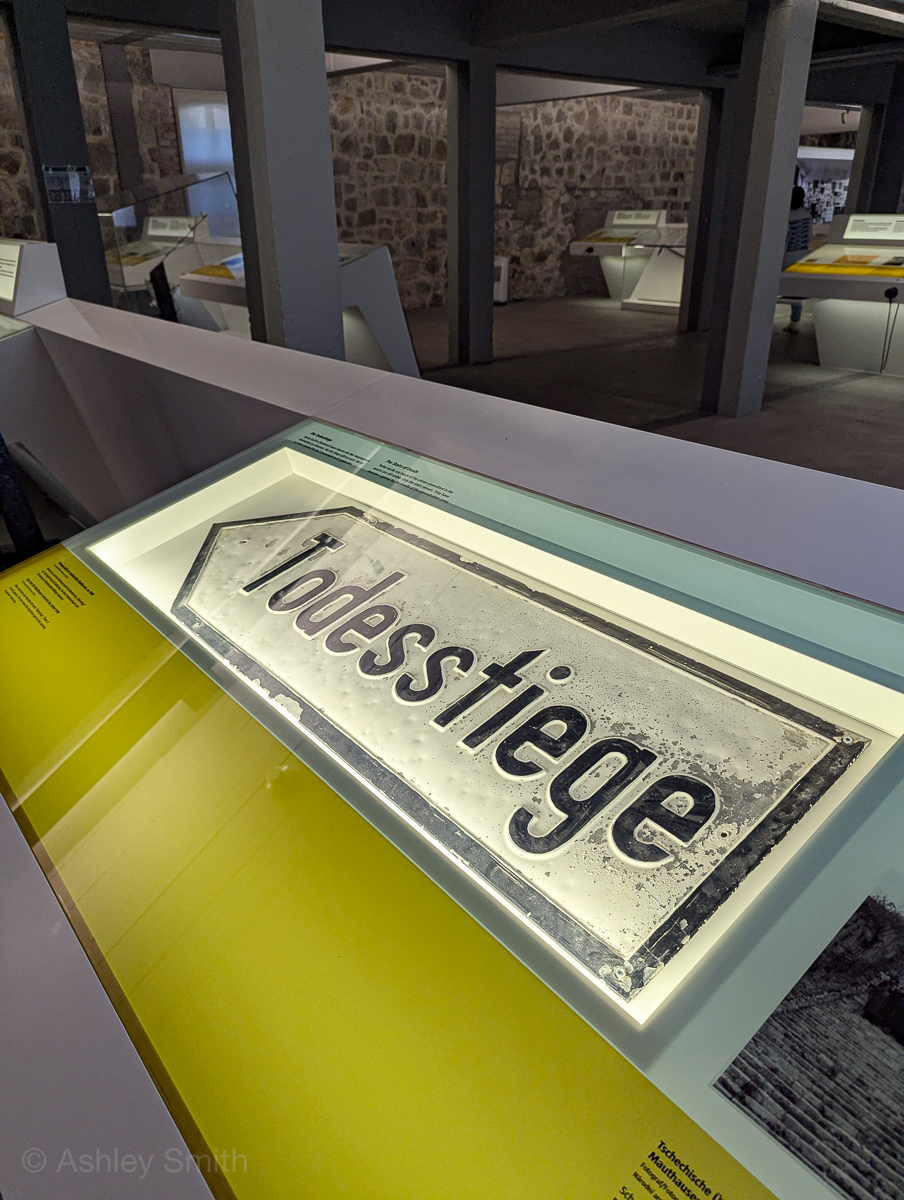
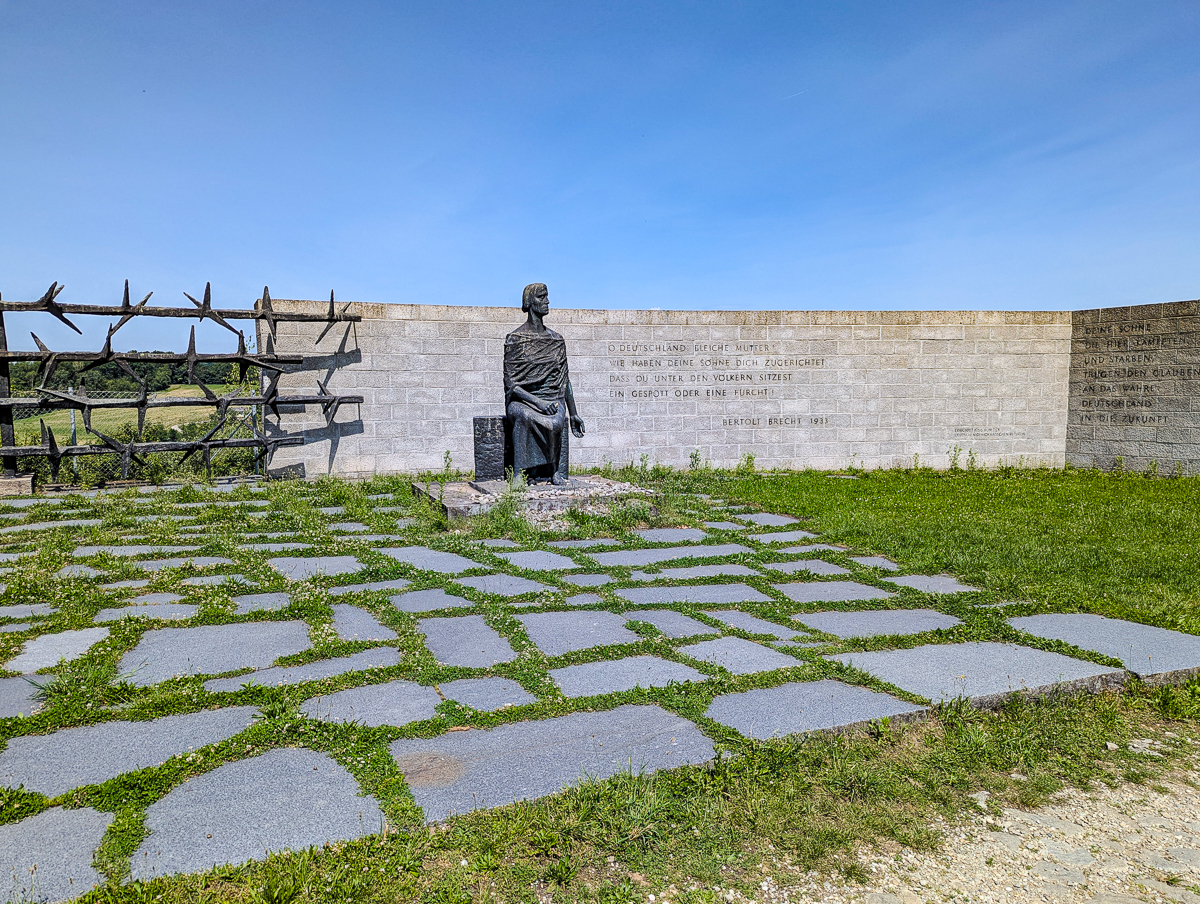
What you need to know for visiting Mauthausen
Visiting Mauthausen is pretty straightforward, but here are a few things you should know before you go.
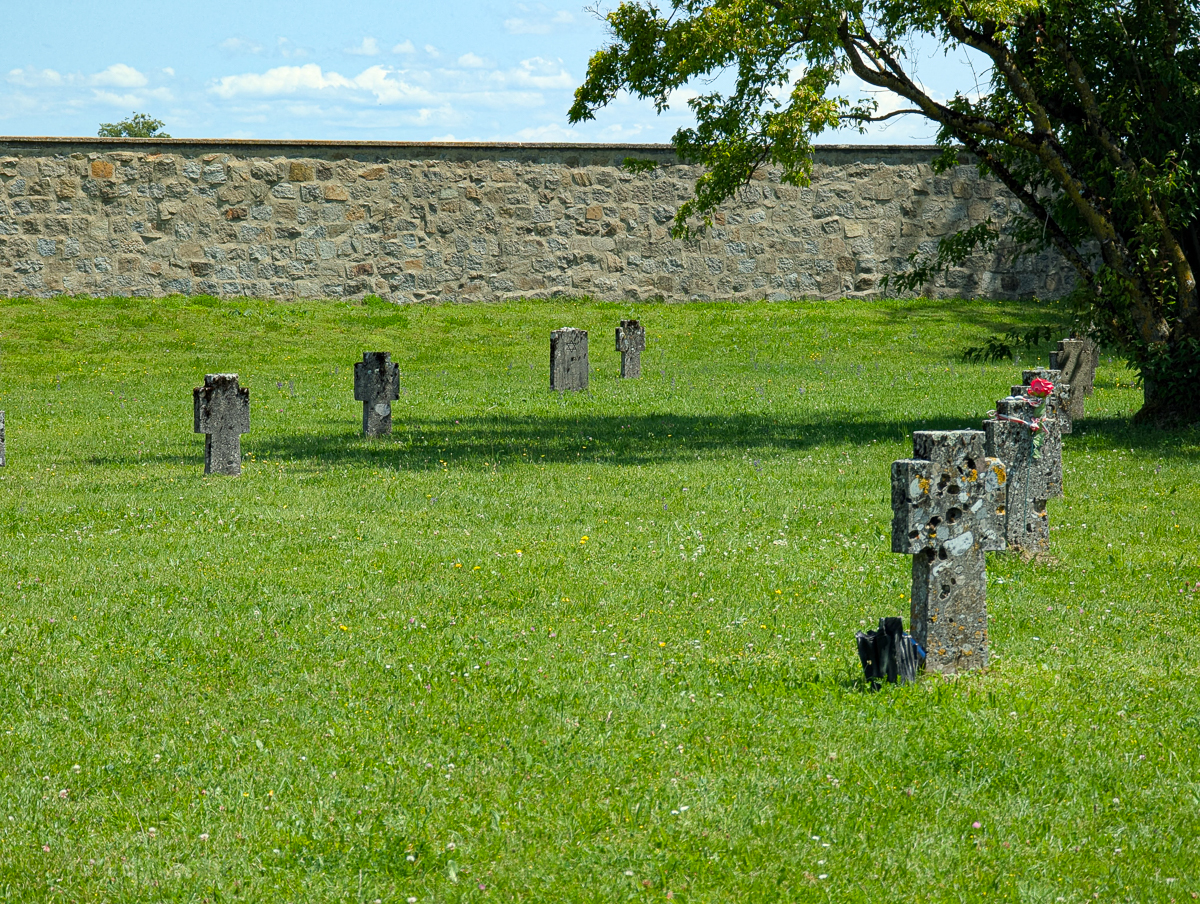
Visiting Mauthausen: Essential information
Here’s the most basic information you need to plan your trip to Mauthausen Concentration Camp Memorial:
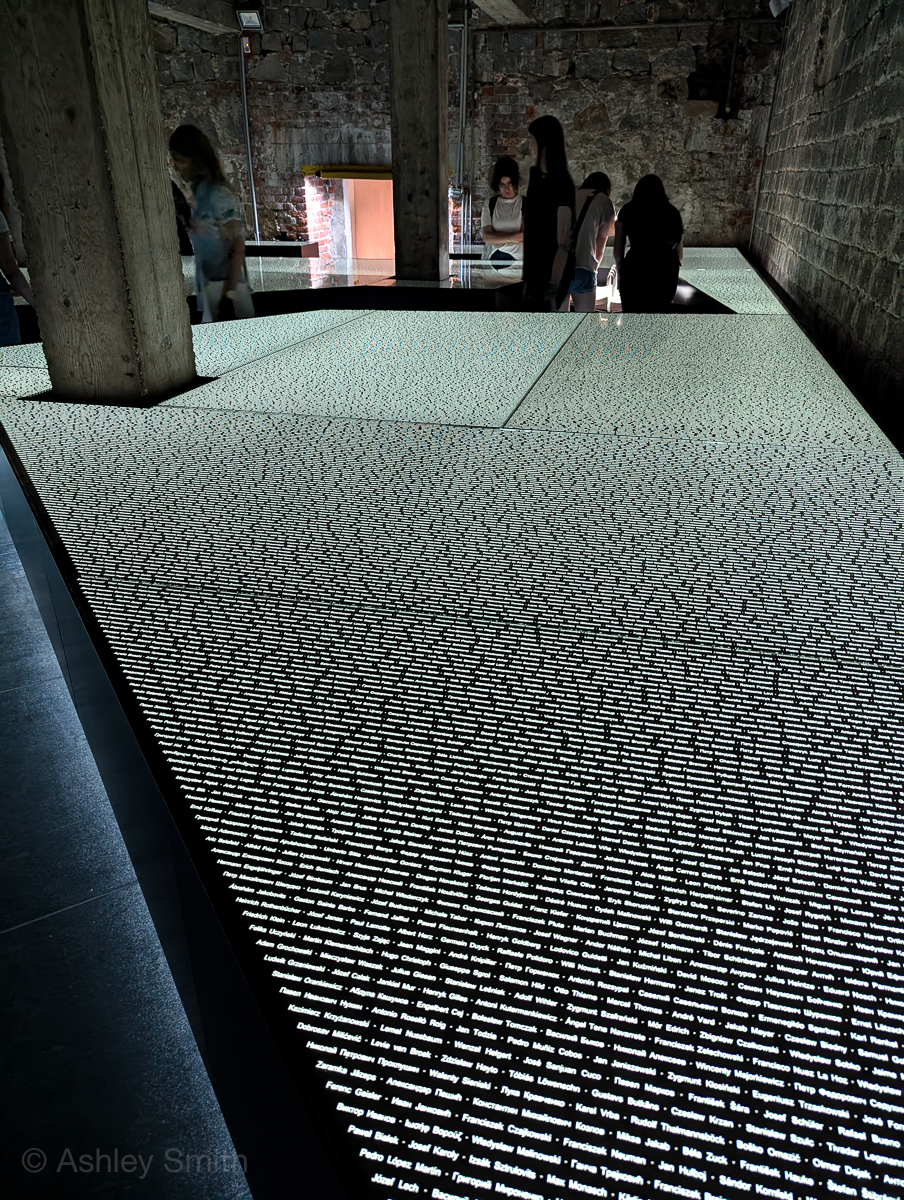
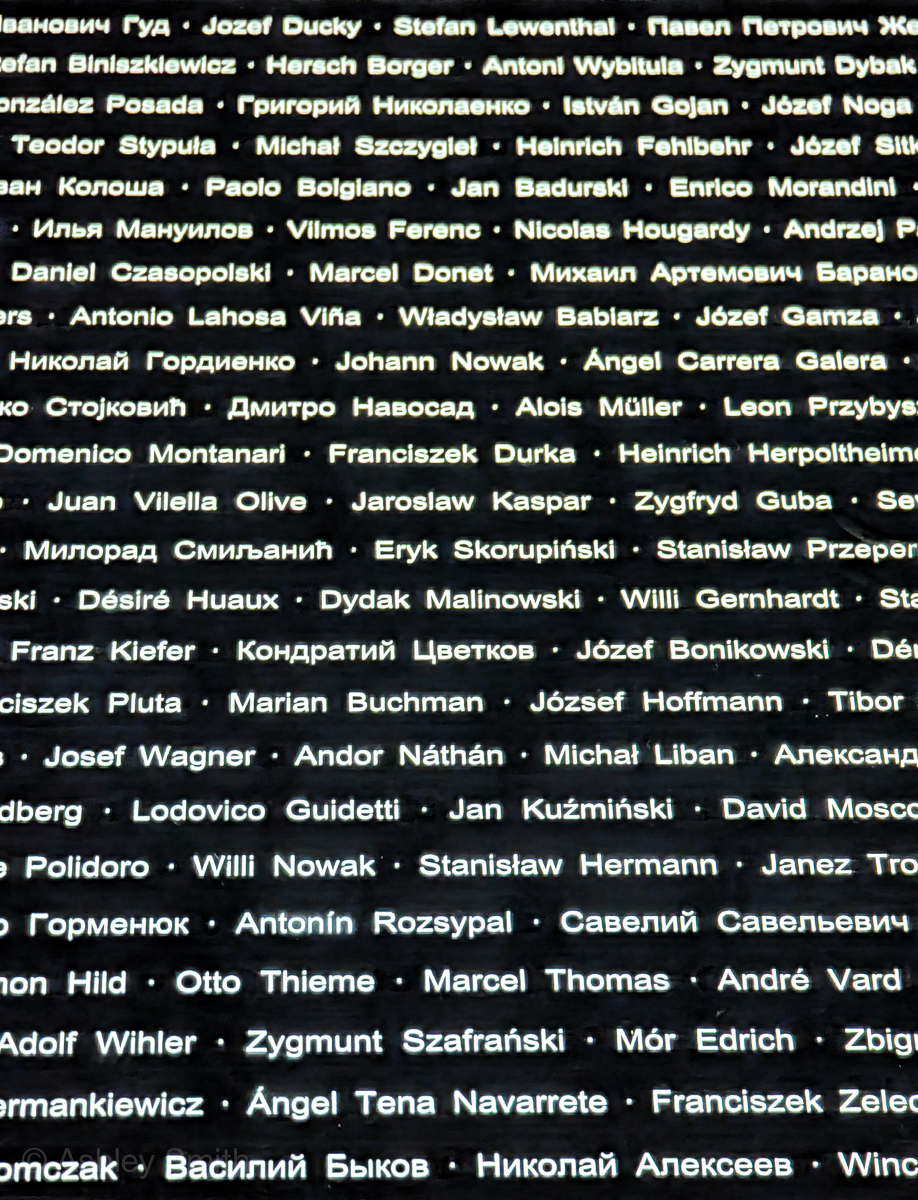
Accessibility at Mauthausen
Due to the historical nature of this site, not all areas are wheelchair accessible nor do they all comply with regulation standards. They offer almost no information about this online, but you can contact them for details.
From my own observations, it appears as though the newer buildings like the Visitor Center and the museum spaces are wheelchair friendly (with the exception of the gas chamber and crematorium areas). The outside barracks also have ramps leading into them. The outdoor paths through the memorial park and around the barracks and other buildings are fully paved.
As far as non-wheelchair-specific accessibility goes, you’ll have to contact them directly for more info.
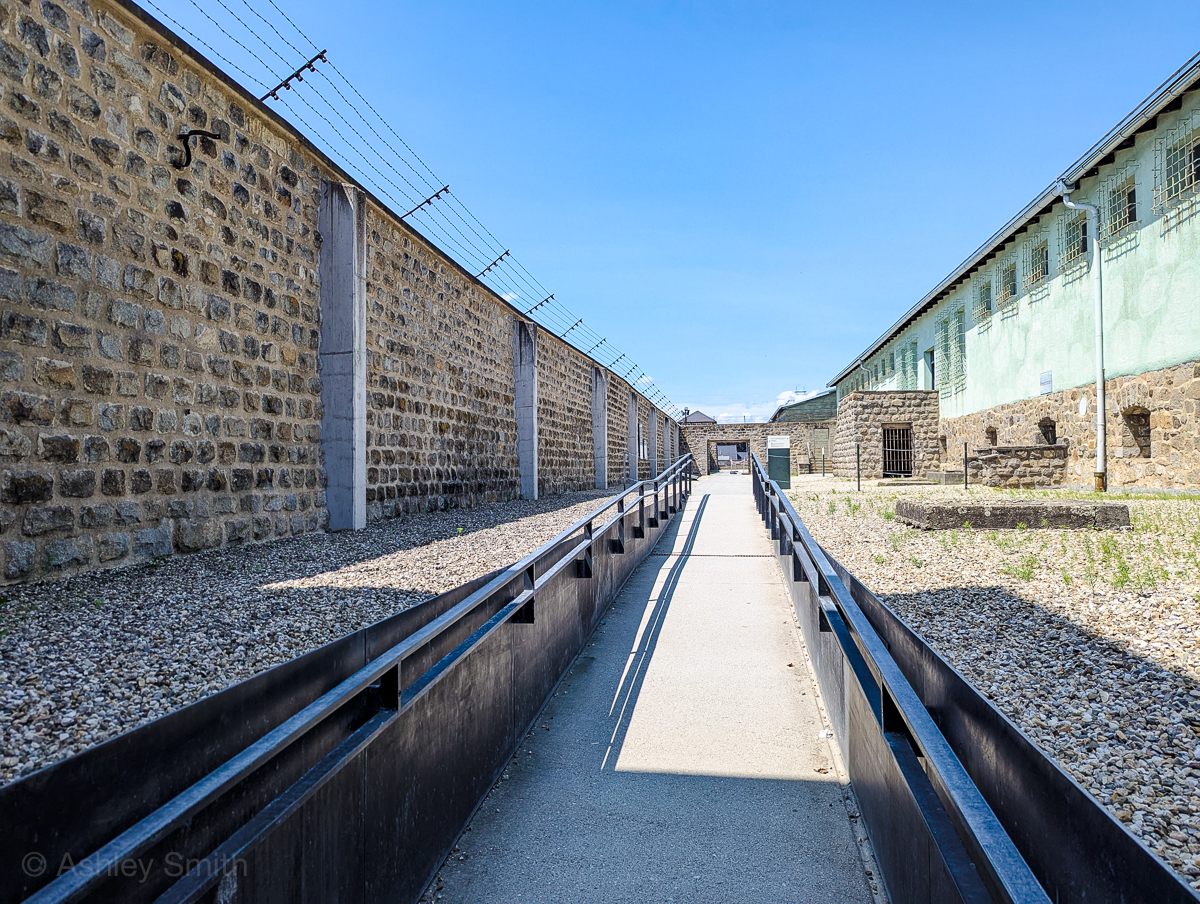
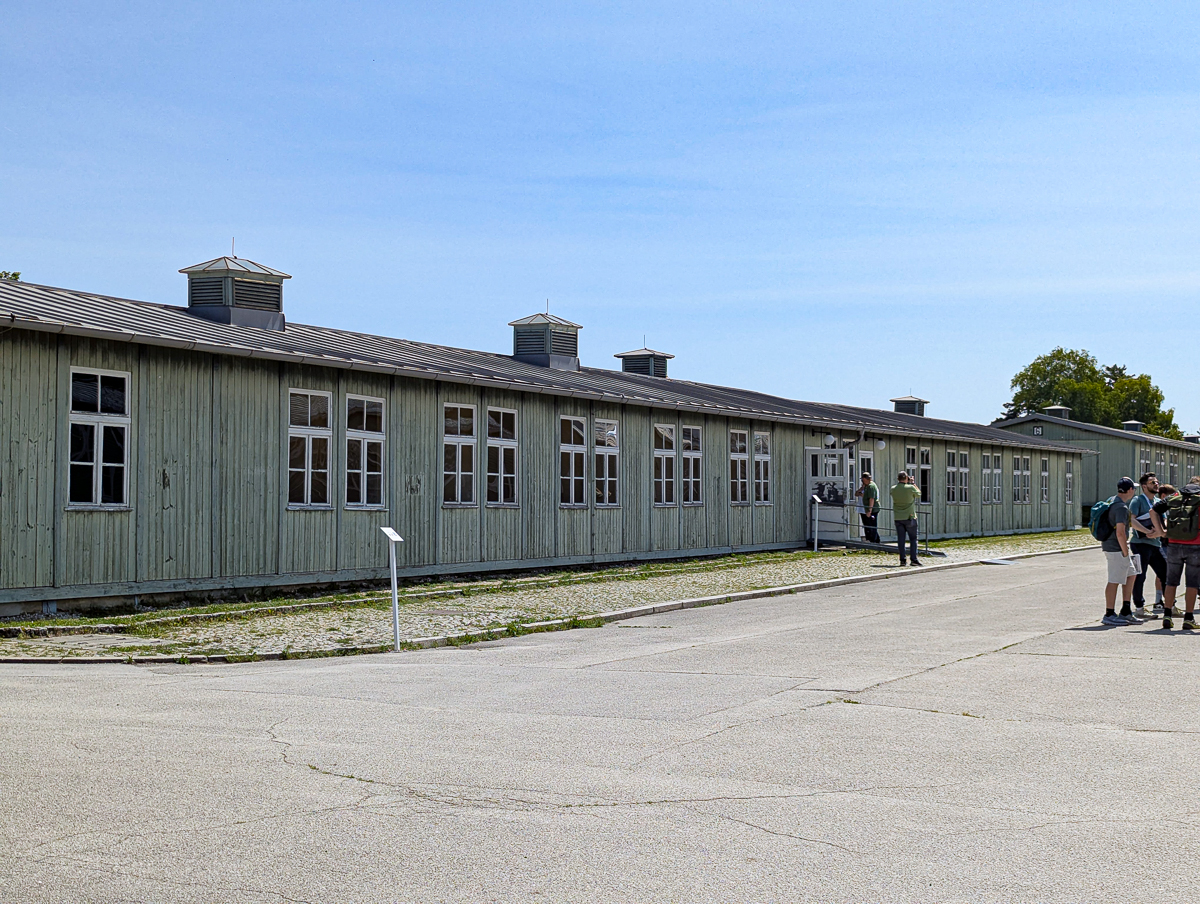
Tips for visiting Mauthausen
Here are a few of my most helpful tips for your visit to Mauthausen.
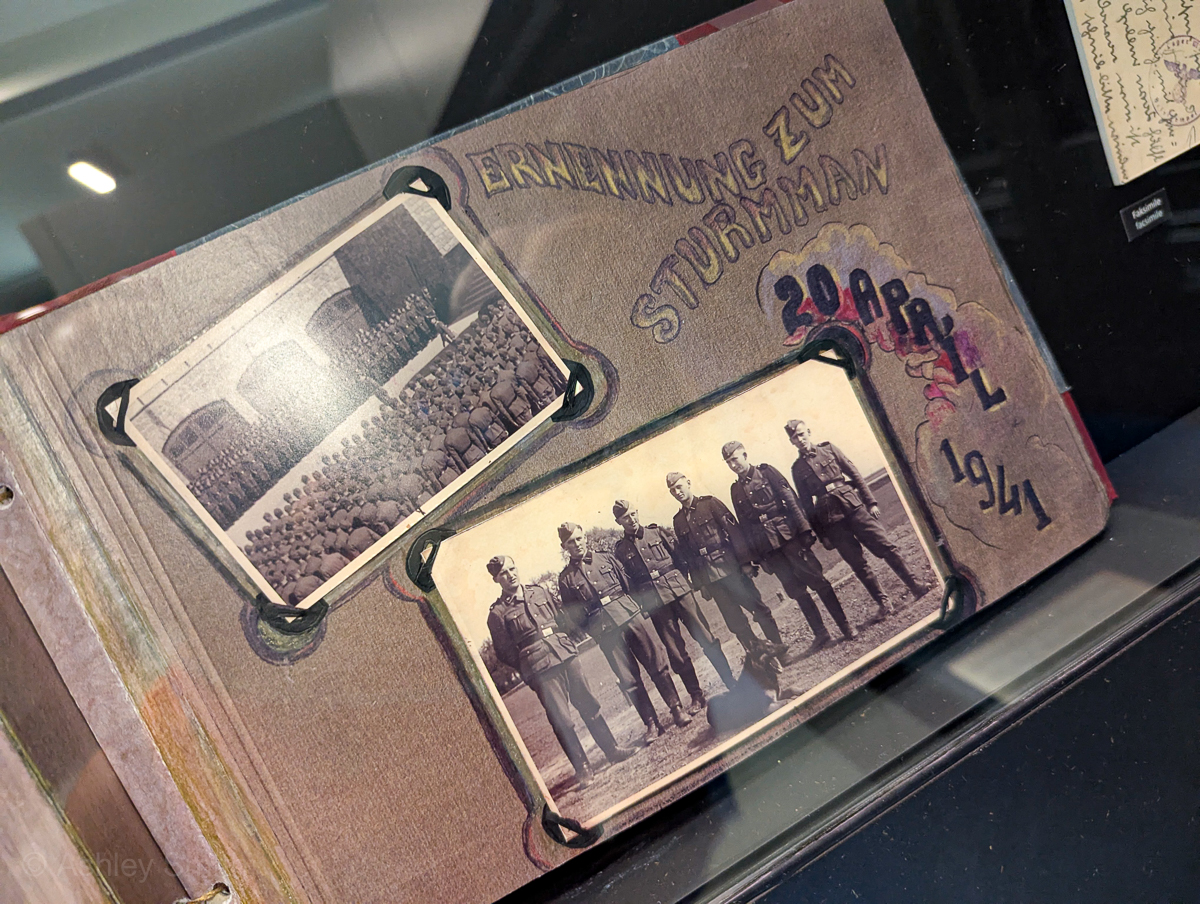
Where to eat near Mauthausen
You’re visit here will be a long and exhausting one. If you’d like to grab some food before heading back to Linz or wherever you started, you have limited options. The Mauthausen Visitor Center has a small bistro/café with simple lunch items and snacks if you’d like to just grab something and go. You can view the menu here.
If you’d like something more substantial where you can sit down and process everything you’ve just seen and learned, my friend and I had a great experience at a nearby restaurant called Gasthaus Kreuzmühle (pretty much the only restaurant anywhere near Mauthausen).
There’s plenty of indoor and outdoor seating. The lunch offerings of the day may be limited, but the food is delicious, the service is friendly, and the atmosphere is relaxing. Check them out here.
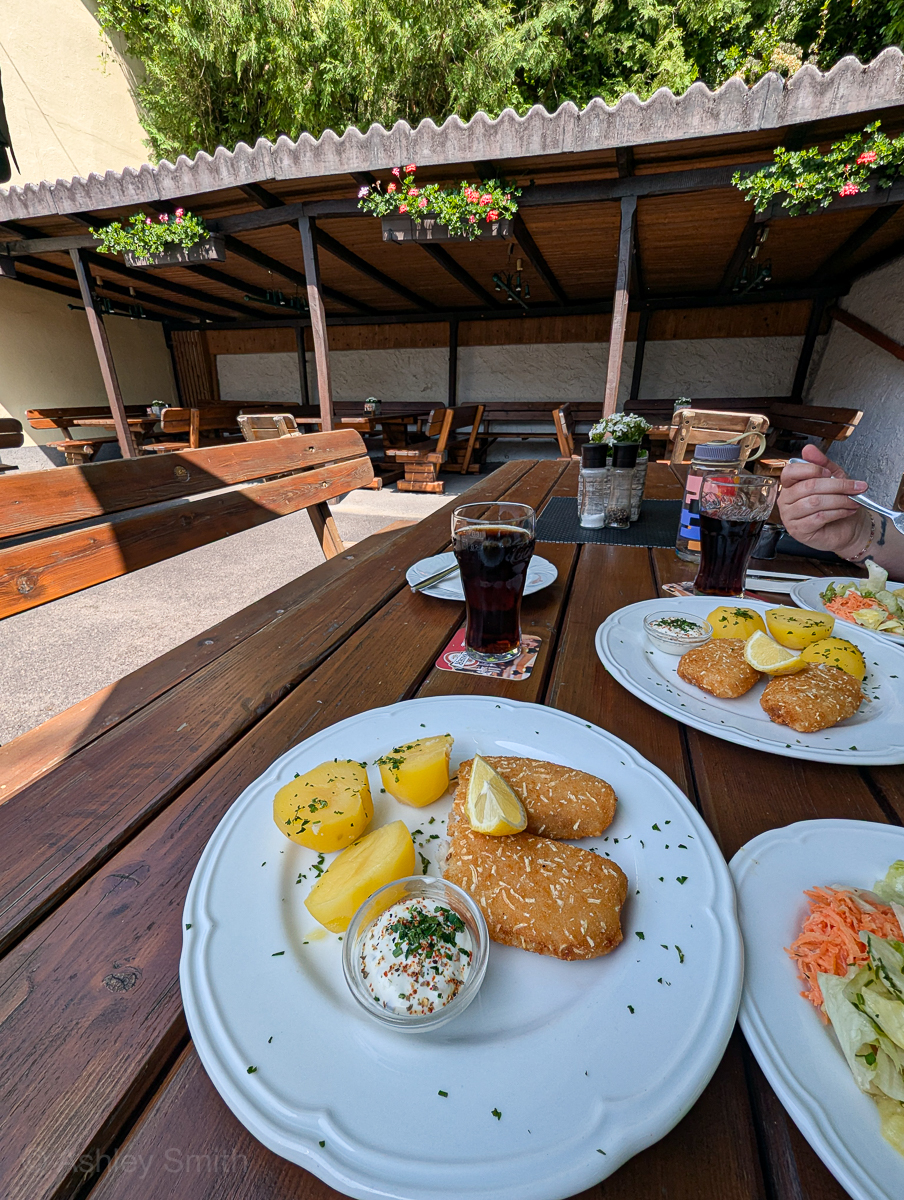
Where to stay for visiting Mauthausen
Linz is going to be the best place to stay for visiting Mauthausen. It’s a (small) major city with plenty of things to do, places to eat, shops and markets, and more. Here are a few quick hotel suggestions:
You can see all available Linz hotels here.
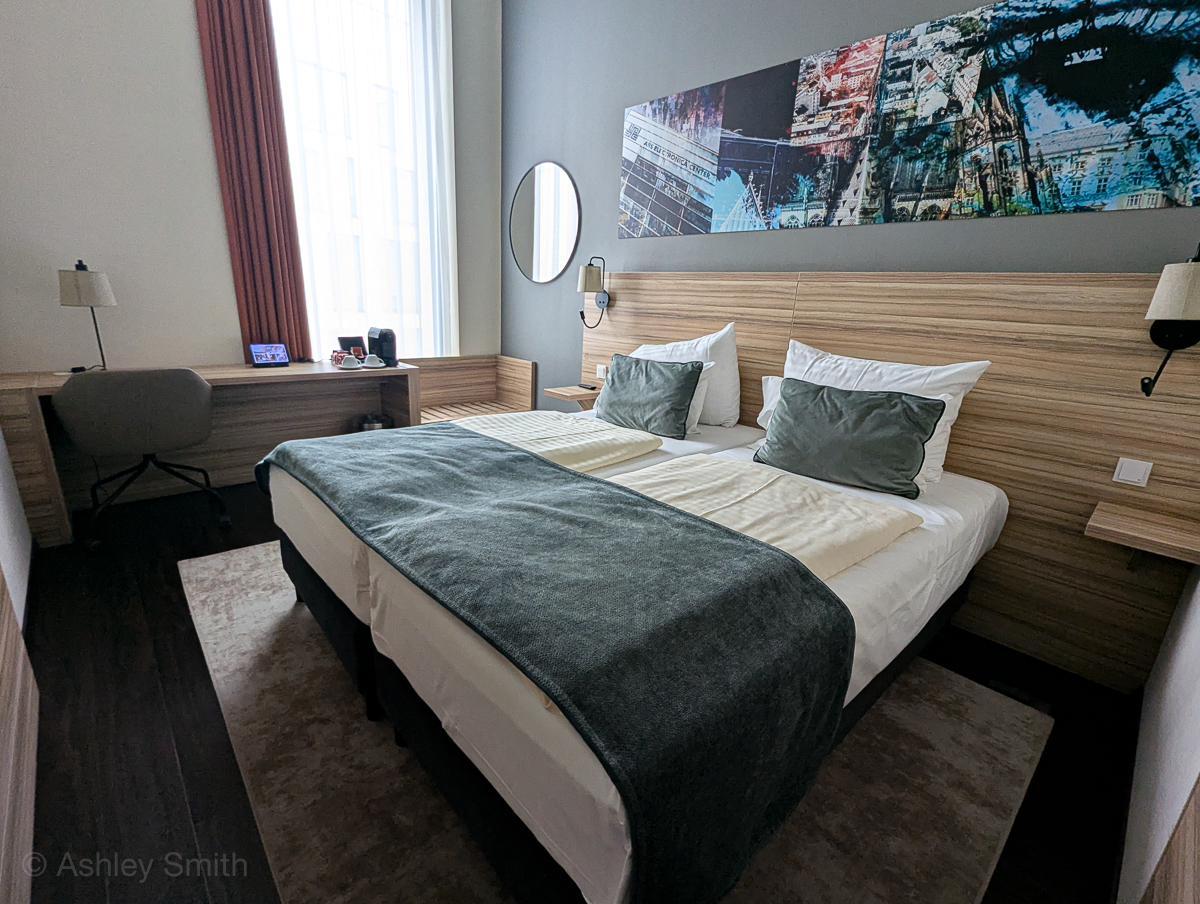
Visiting Mauthausen subcamps
While in the area, you should also pay a visit to the memorial sites at Mauthausen’s sub camps. Gusen is the other main camp here that you can easily visit. Not much remains of the camp so your visit won’t take very long. Read my guide to visiting Gusen here.
You can also visit the location of the “Bergkristall” tunnel system where nearly 20,000 slave laborers worked building and maintaining an underground Messerschmitt assembly factory. The tunnels are closed to the public and only accessible on rare special tours, but you can still visit the site where they have informative signs and free brochures you can take. [More info here.]
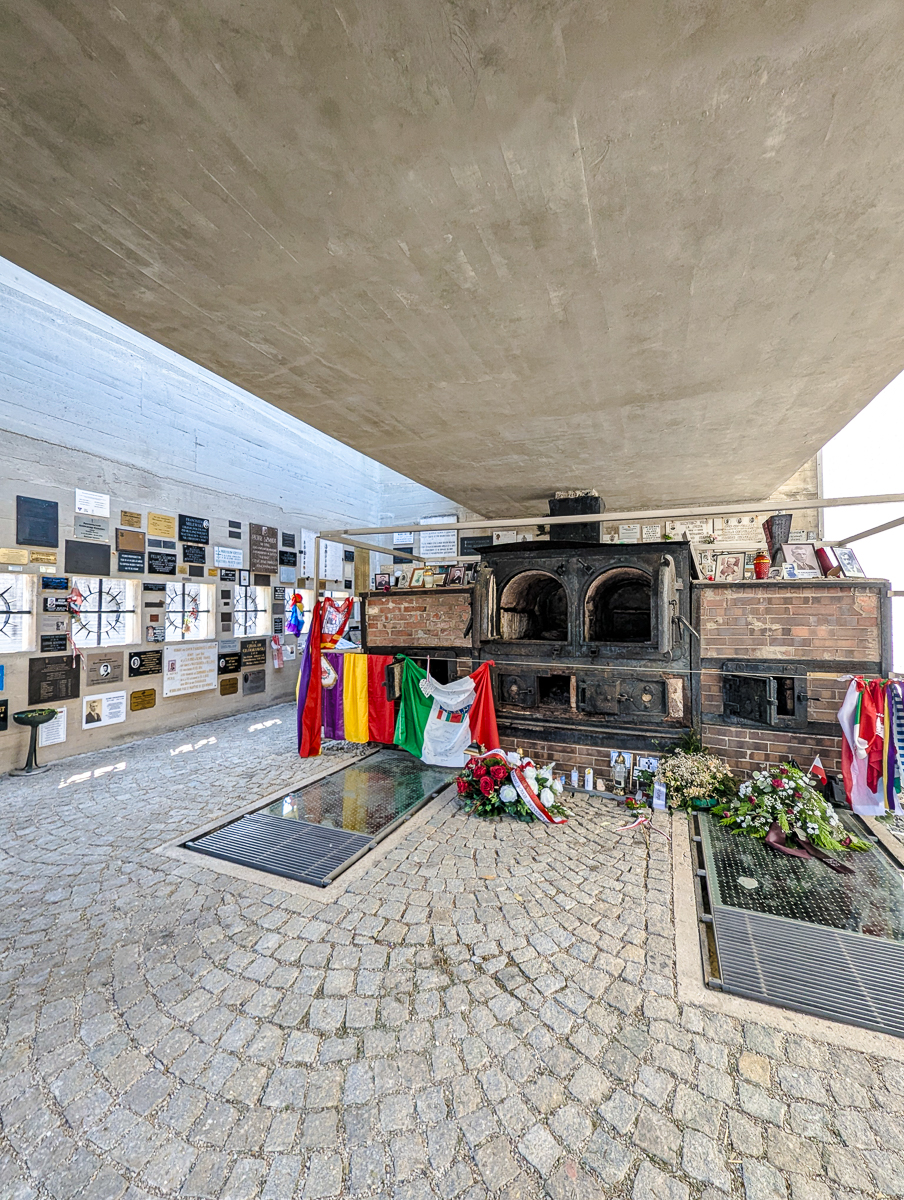
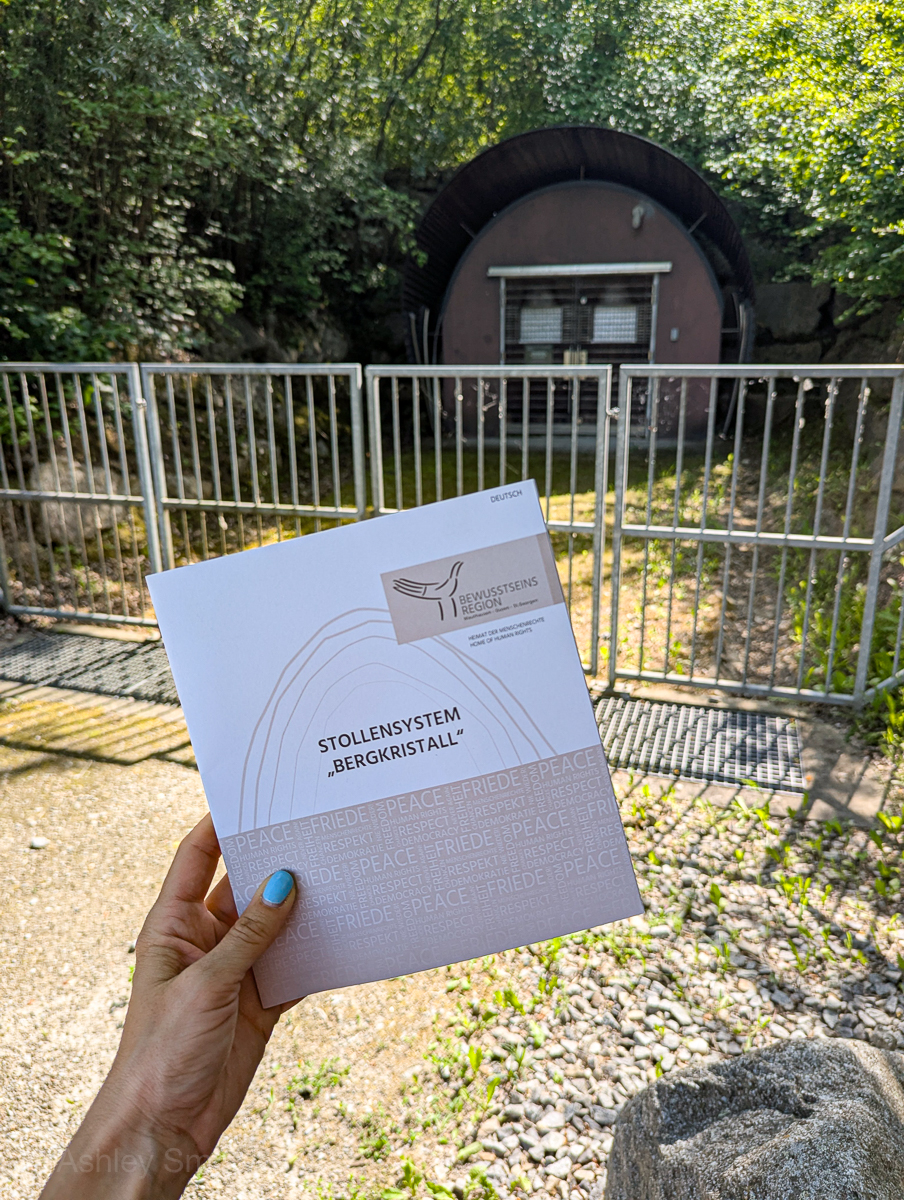
More info for your trip to Austria
- Hotels: Find great places to stay on Booking.com (my go-to). Expedia and Hotels.com are worth checking too. VRBO is best for apartment rentals.
- Rental cars: Check out the best rental car deals here.
- Local tours & activities: Check out all the great local options from Viator and Get Your Guide here.
- Don’t forget an Austria guidebook and this must-have Austria customs and culture guide!
- Want more? See all my Austria posts here.
Like this post? Have any questions about visiting Mauthausen? Let me know in the comments below. Thanks for reading.

Save this info, pin these images:
